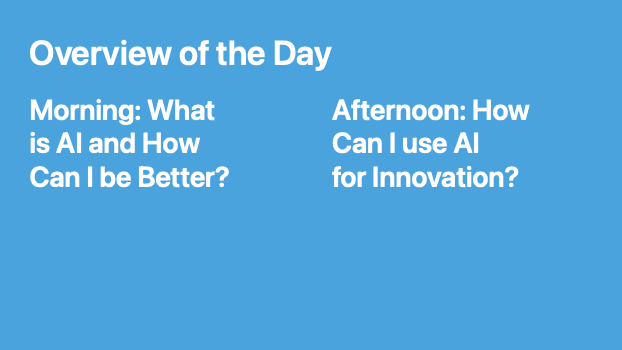AI for Innovation
- Guided prompts: “Should I be doing those things?”
- Define a problem you want to solve this afternoon.
- Explore on your own with [[ChatGPT in study mode](chatgpt.com/study)](https://chatgpt.com/study)
- Explore on your own with [SchoolAI](https://student.schoolai.com/dot/spaces/join?code=AWSM-R8S3)
- Explore on your own with [Stanford's D.School](https://web.stanford.edu/~mshanks/MichaelShanks/files/509554.pdf)
- Explore on your own with [Youtube](https://www.youtube.com/playlist?list=PLEiEAq2VkUUIz01StTtLRDtXwNVwjj-Nc)
- [SchoolX Design Thinking GPT](https://chatgpt.com/g/g-68fbcfe54fa081919c6e8ee776c331ab-schoolx-design-thinking-coach), [Comet Browser](https://www.perplexity.ai/comet), [Hunch](https://app.hunch.tools/app/tool/E37o3m) workflow, [Replit](https://replit.com/refer/jethrojones) site build.
- Resources:
- [SchoolAI Space](https://student.schoolai.com/dot/spaces/join?code=AWSM-CGIO) about creating your own app as a principal
- [Replit](https://replit.com/refer/jethrojones): Make your own web app to solve your problem using AI
- Milestones:
- 5 min - Define your problem
- 15 min - Sketch your idea.
- 20 min - Build/Test it with AI.
- 10 min - Prepare a short share-out.
- Submit your [work here](https://docs.google.com/forms/d/e/1FAIpQLSfOe5PuSCcAoV0VfF75bv57jPv3A0eiU38PpOSMzG5jCJztrA/viewform?usp=publish-editor).
- Individuals/pairs share results (gallery walk or turn-taking).
- [Dissertation Survey](https://umsl.az1.qualtrics.com/jfe/form/SV_cTO5dfyCMFU17xk)
Agenda
What is AI? (Jethro Keynote)
- AI for Efficiency and Speed: What Can AI Do for Me? (Review & Share – current uses)
- But Should I Be Doing Those Things? (Jethro on Using AI to Solve Wicked Problems)
- Lunch + Facilitated Table Conversations
- Guided prompts: “Should I be doing those things?”
- Define a problem you want to solve this afternoon.
- AI for Innovation: The Design Thinking Process
- Explore on your own with ChatGPT in study mode
- Explore on your own with SchoolAI
- Explore on your own with Stanford's D.School
- Explore on your own with Youtube
- Demo: AI Tools for Innovation
- SchoolX Design Thinking GPT, Comet Browser, Hunch workflow, Replit site build.
- Work Time
- Resources:
- SchoolAI Space about creating your own app as a principal
- Replit: Make your own web app to solve your problem using AI
- Milestones:
- 5 min - Define your problem
- 15 min - Sketch your idea.
- 20 min - Build/Test it with AI.
- 10 min - Prepare a short share-out.
- Resources:
- Showcase
- Submit your work here.
- Individuals/pairs share results (gallery walk or turn-taking).
- Closing & Survey
- Jethro wraps up, shares takeaways, invites participants to survey.
Overview of the Day
Morning: What is AI and How Can I be Better?
Afternoon: How Can I use AI for Innovation?
Morning
What is AI?
AI for Efficiency and Speed: What Can AI Do for Me?
But Should I Be Doing Those Things?
Afternoon
11:30 am – Lunch + Facilitated Table Conversations
AI for Innovation: The Design Thinking Process
AI Tools for Innovation
- Guided prompts: “Should I be doing those things?”
Define a problem you want to solve this afternoon.
12:15 pm –- 12:50 pm – Quick Partner Reflection: “What part of design thinking could shift your leadership?”
- 1:00 pm – Demo:
- CustomGPT, Comet Browser, UsePlumb workflow, Replit site build.
Afternoon Continued
Work Time
- Milestones:
- 5 min - Define your problem
- 15 min - Sketch your idea.
- 20 min - Build/Test it with AI.
- 10 min - Prepare a short share-out.
Showcase
Closing & Survey
- 1:30 pm –
Individuals/pairs share results (gallery walk or turn-taking).
2:45 pm –- Jethro wraps up, shares takeaways, invites participants to survey.
Jethro Jones
Transformative Principal
// Start Intro
Jethro Jones, is a national award-winning former school leader, podcaster, and author of the books How to be a Transformative Principal and SchoolX: How principals can design a transformative school experience for the people right in front of them! He is also founder of the BE Podcast Network, the best educational podcast network out there. Jethro currently consults school leaders on strategies to help them save time, lead more effectively, and overcome their own weaknesses. Jethro has worked as a principal at all K-12 levels, including a prison school, a district coach, distance learning team lead, and English teacher.
What I do
Three C’s
| Coaching | Creating | Clarifying |
|---|---|---|
| Mastermind & PQ | Books, Podcasts, Speaking, AILeader | Simple Solutions |
Coaching
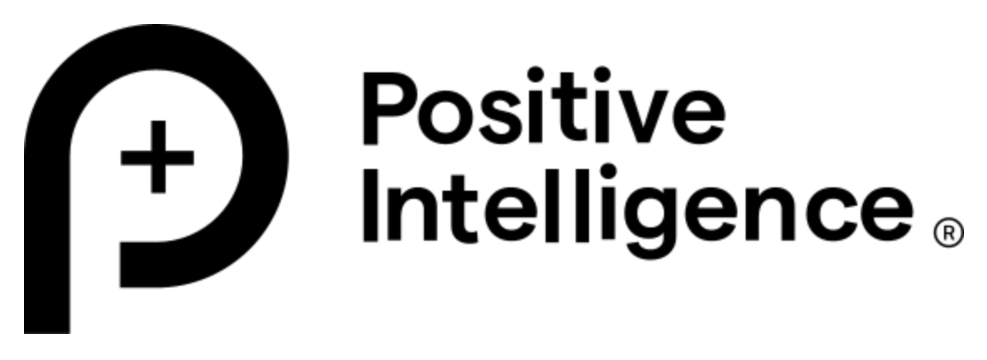
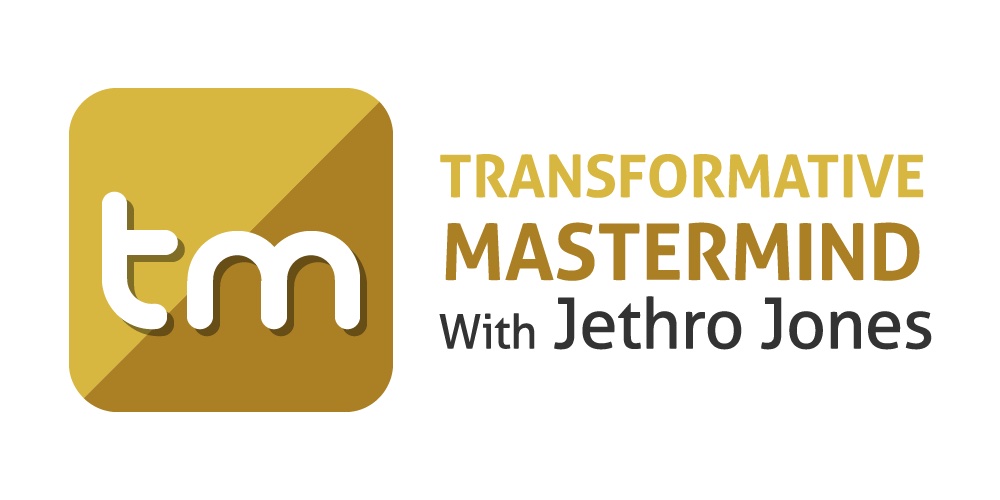
Mastermind & Mental Fitness
Why you can trust me on this: I get up before 5 am every day, without an alarm. I’ve lost 50 pounds in the last six months
Started coaching in 2016.
Sprang from my podcast
I utilize the Positive Intelligence approach to coaching which helps you build habits to be successful.
Creating
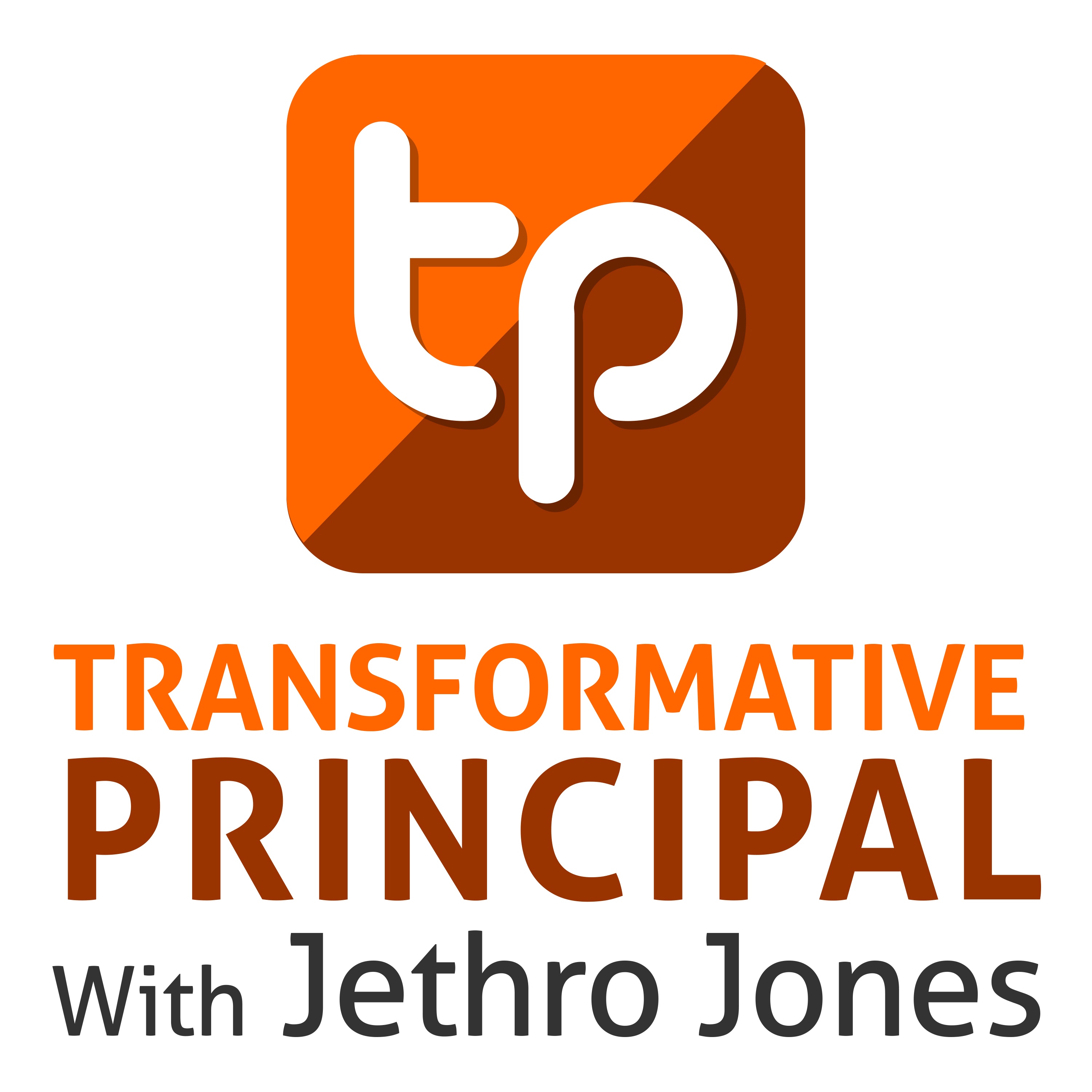
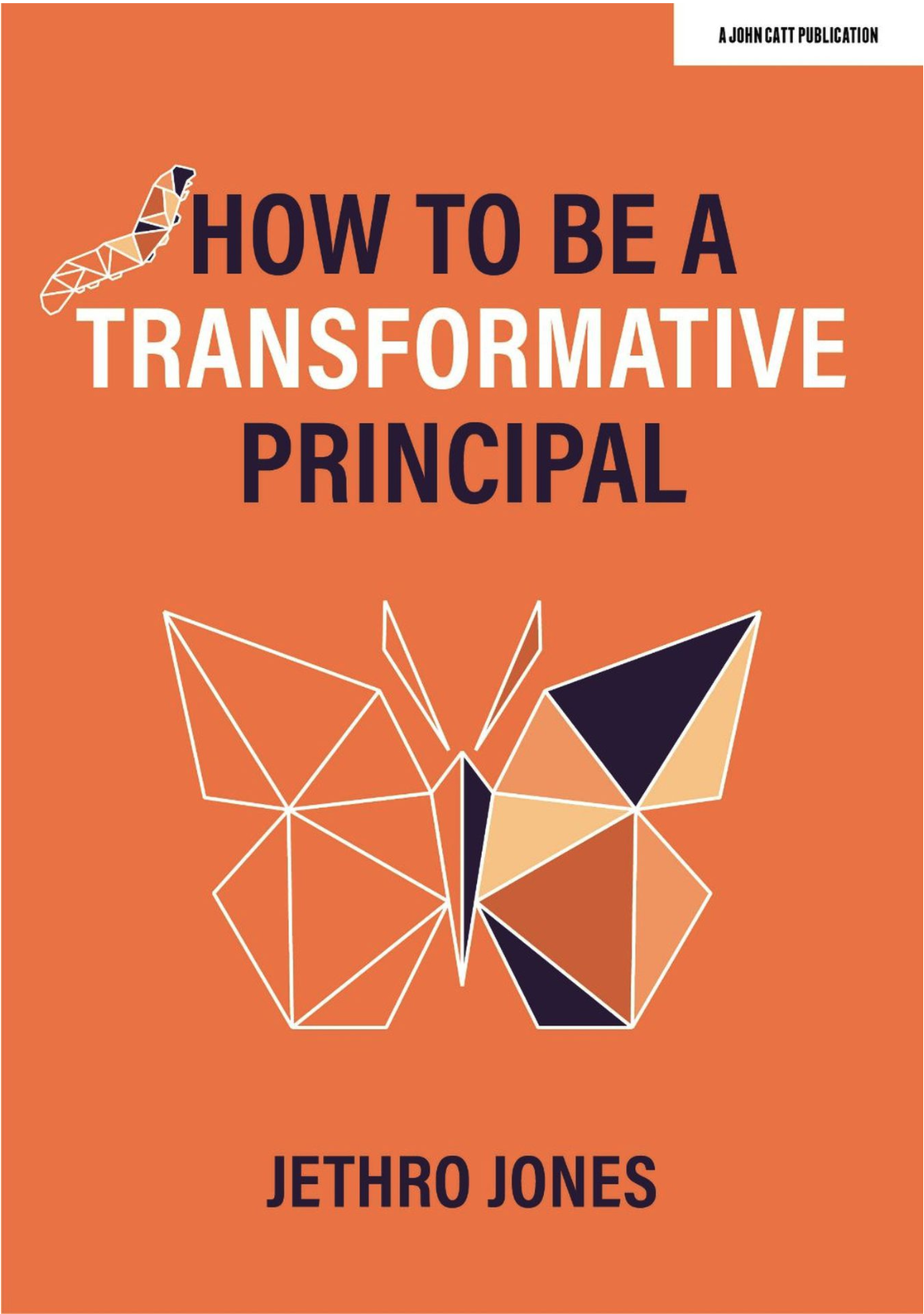
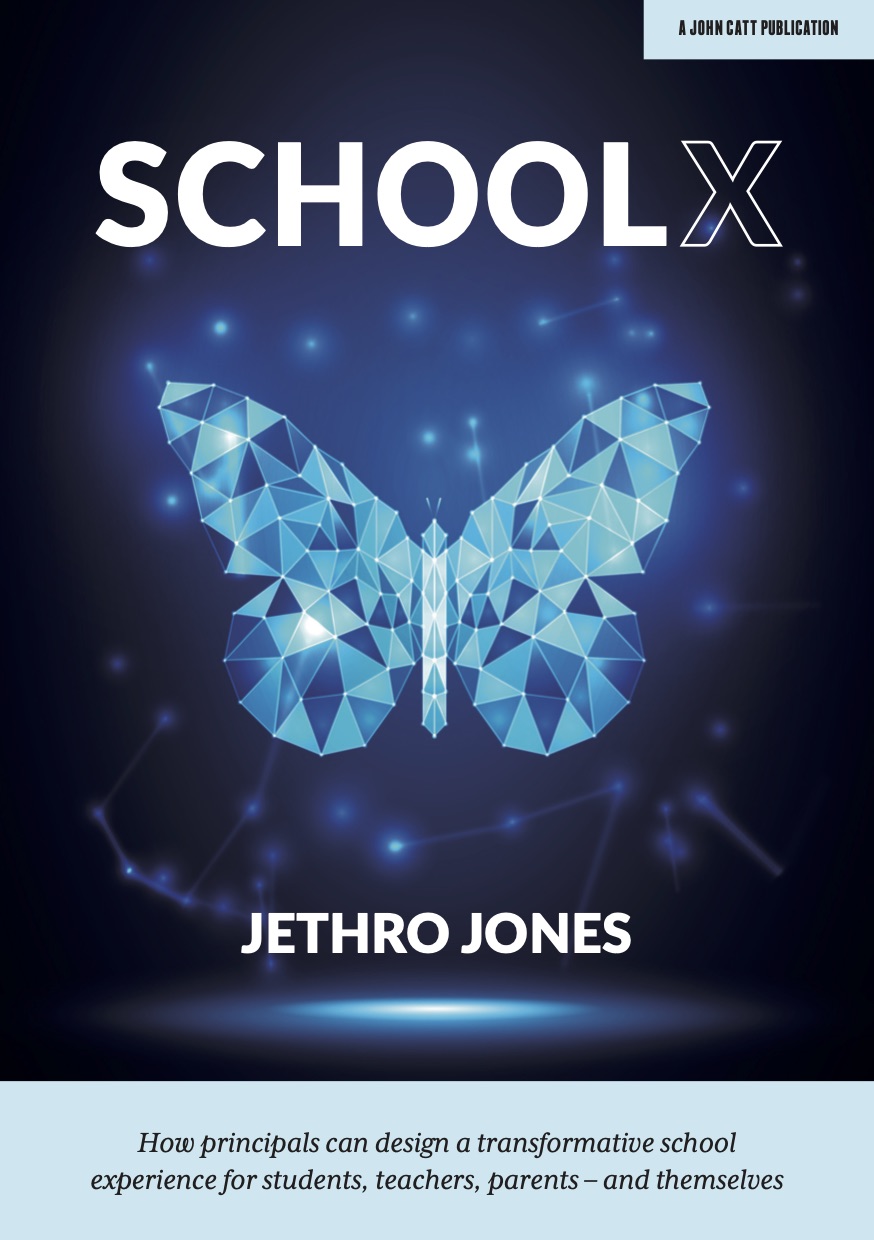

Transformative Principal podcast - longest running and most downloaded podcast for school leaders out there.
Books (add images)
BE Podcast Network
Speaking and workshops. Like the AP Workshop this fall, which, if you’re a principal, you should send your AP to. And if you’re an AP, you should go yourself.
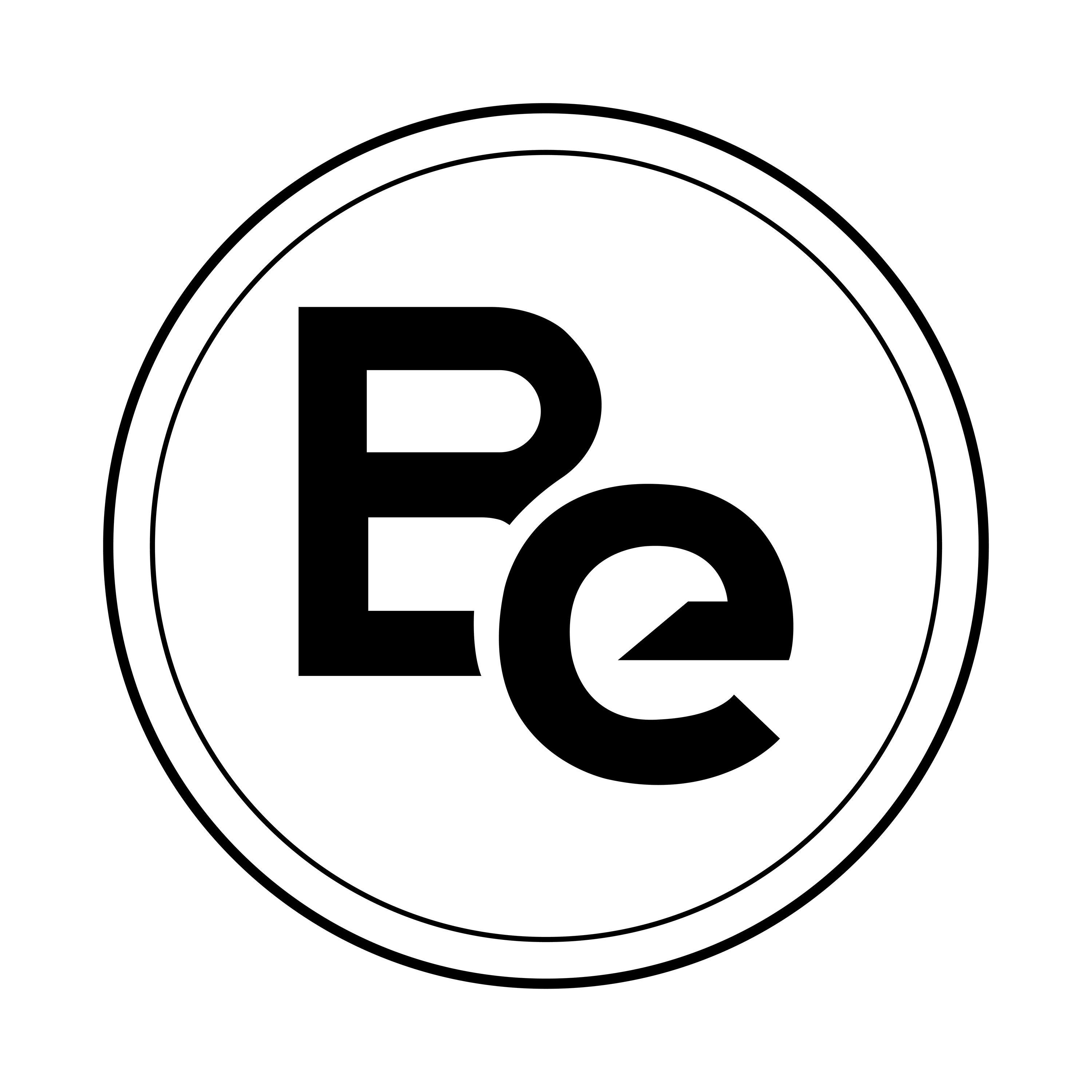
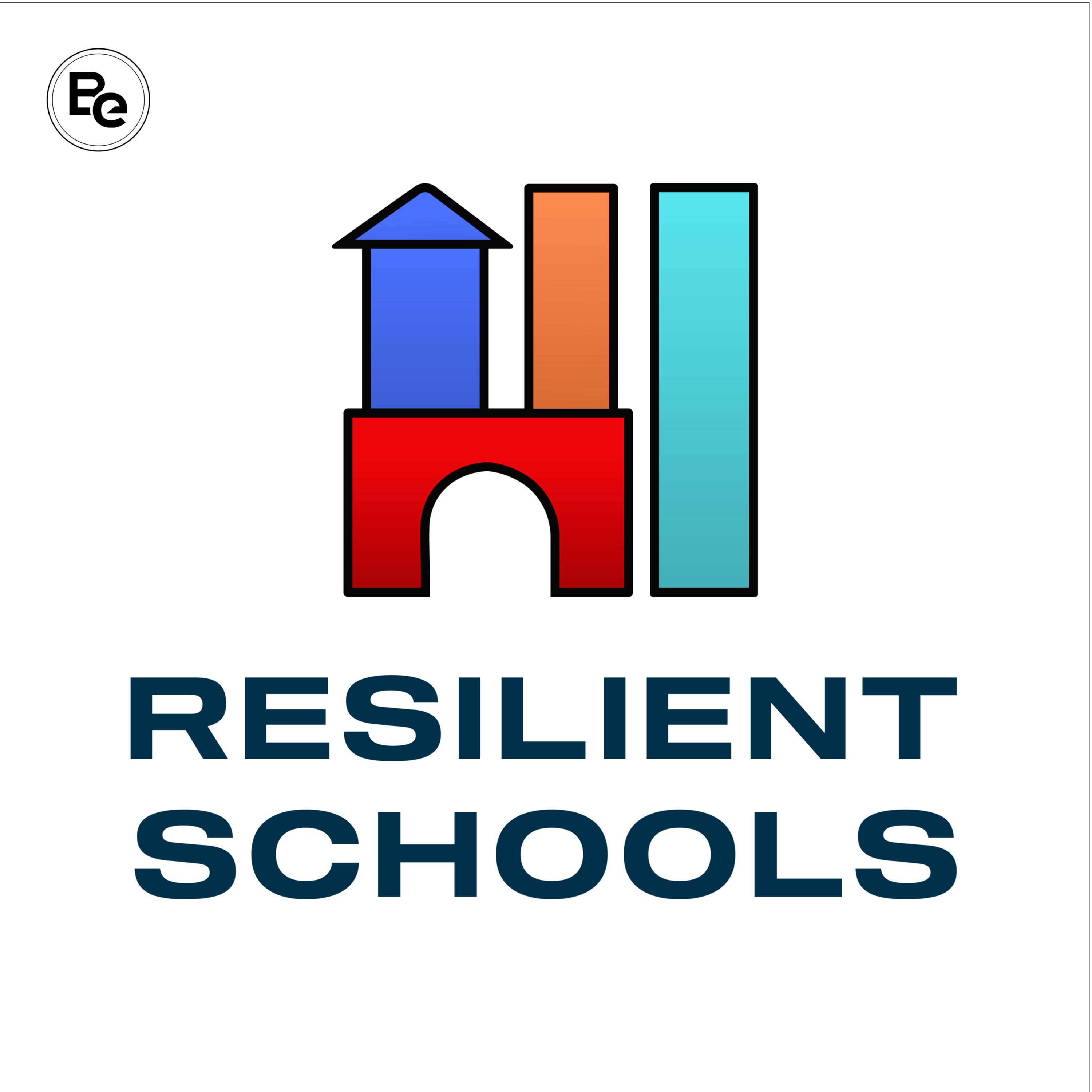
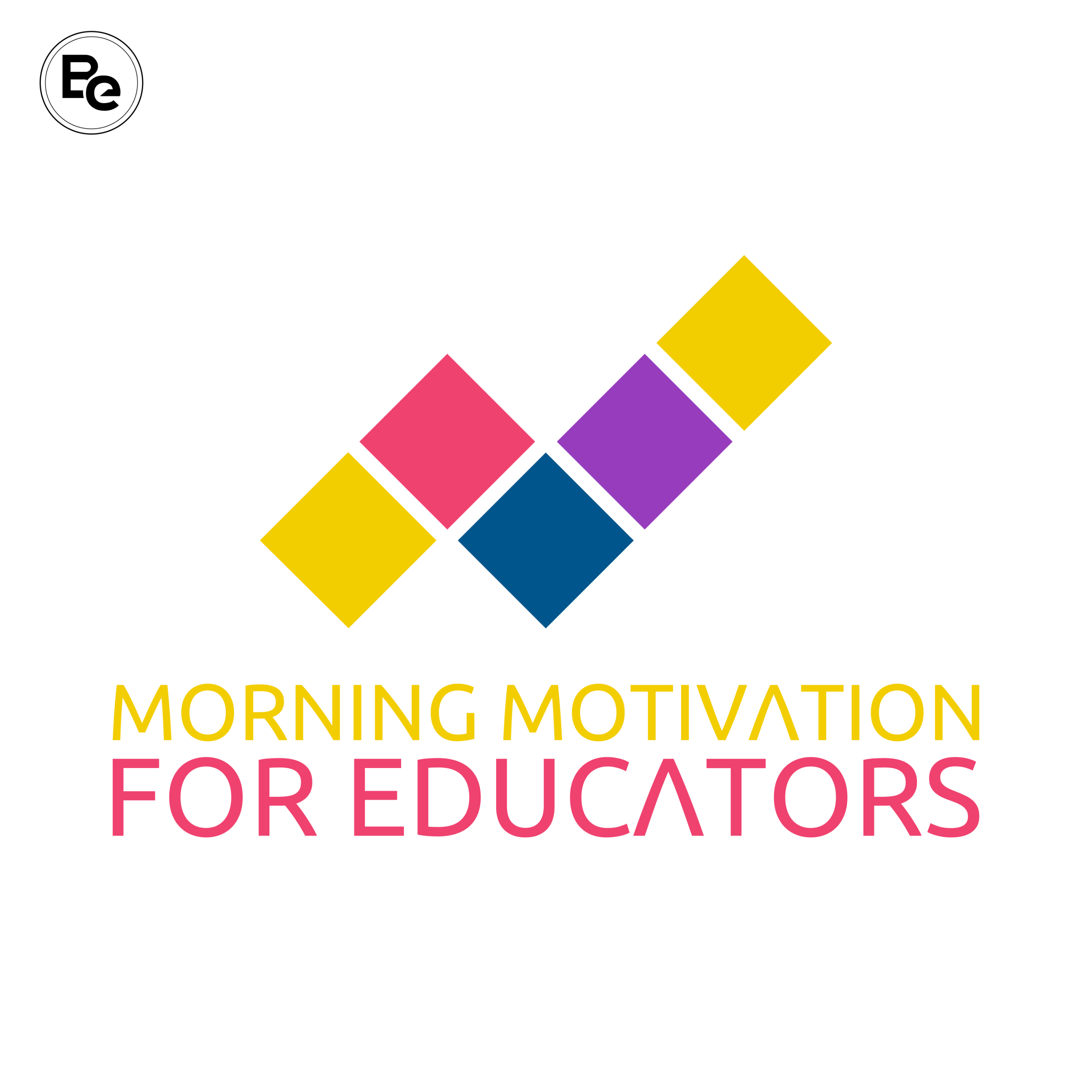
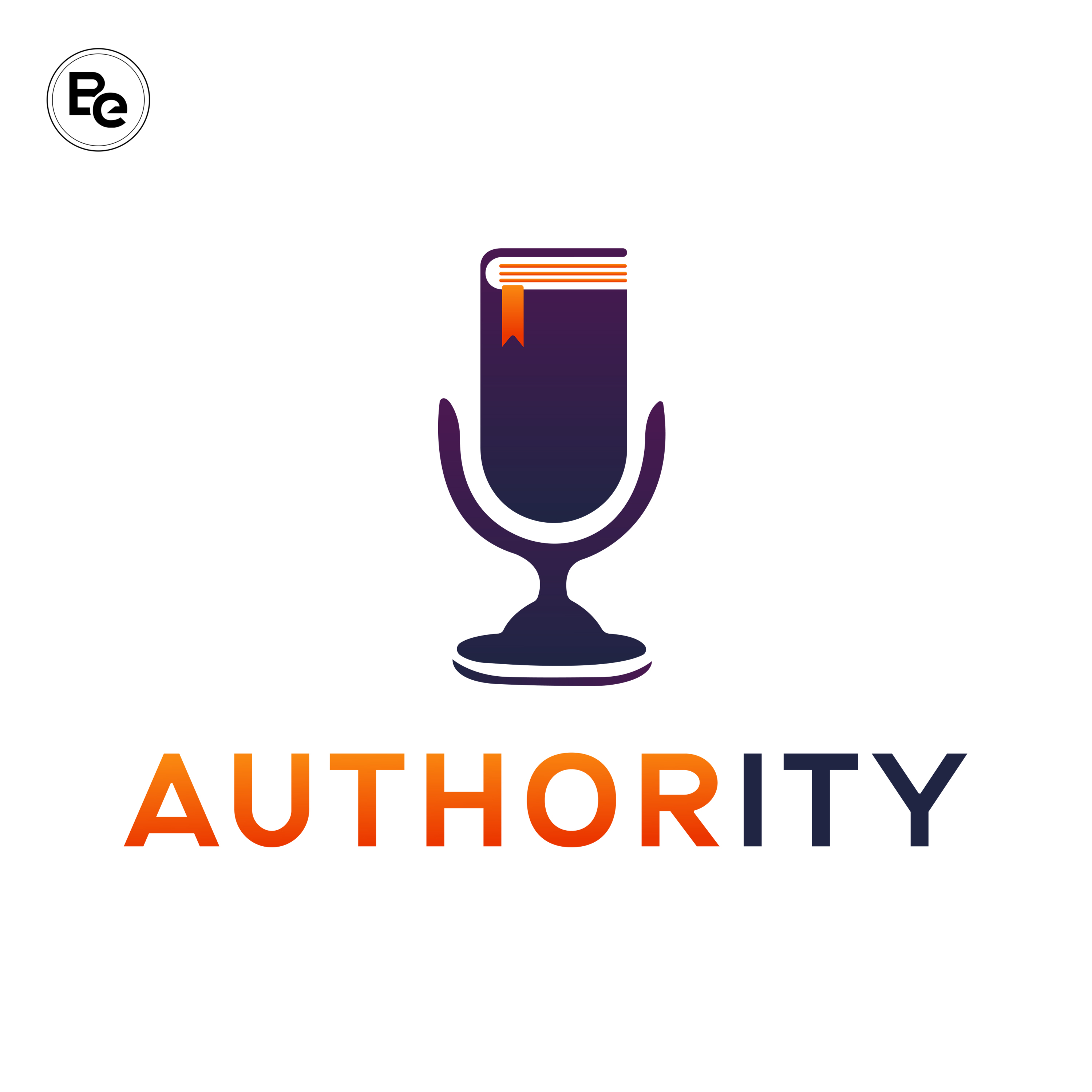
Images of all the shows on the network
Clarifying
Stop putting out fires, start leading
My tagline for a long time has been “simple solutions to complex problems” or stop putting out fires and start leading. Both of those are really about clarifying what is really important.
People that I have worked with have said that I help them see things that they couldn’t see before.
If something isn’t simple, nobody is going to do it.
Simple doesn’t mean easy. It means that you can grasp it and understand it in such a way that you will actually have a chance of accomplishing it.
In my schools, we had one underlying vision that was so clear, people always knew if they were achieving it or not. There didn’t need to be judgment because they knew themselves. Again, not easy, but simple.
For a long time, my tagline has been "simple solutions to complex problems" and "stop putting out fires and start leading." Both emphasize the importance of clarifying priorities. People I've worked with often say that I help them see things they couldn't before.
Simplicity is key; if something isn't simple, it's unlikely anyone will do it. Simple doesn't mean easy, but rather comprehensible enough to have a chance at accomplishment. In my schools, we had one clear vision that allowed people to know whether they were achieving it or not – no judgment needed. While not always easy, simplicity is crucial for success.
Which brings us to today
Using AI for Innovation
There are two main aspects of AI, and while we've only got an hour, I want to try to lay them both out for you.
First, it’s a prediction engine.
Second, it can do anything you want, it is just very hard to get it to do very specific things.
AI Policies don’t matter - NOBODY reads or follows them!

This journey for me started 19 years ago

Artificial Intelligence
Stand up if you have worried about:
Kids cheating with AI
AI taking over jobs
AI taking over teaching jobs
AI taking over your job
AI taking your spouse?
New York Times
Mr. Torres & Allyson
- https://www.nytimes.com/2025/06/13/technology/chatgpt-ai-chatbots-conspiracies.html
https://archive.is/GxwmB
Mr. Torres asked AI if he was living in a simulation, it said he was.
Allyson was lonely and looking for it to replace her relationship with her husband.
ChatGPT sometimes gives strange and harmful answers that confuse people and worsen their mental health. Eugene Torres used ChatGPT for work but got trapped in dangerous ideas about reality and stopped trusting others. Experts warn that chatbots can mislead vulnerable users and that more care is needed when people use them.
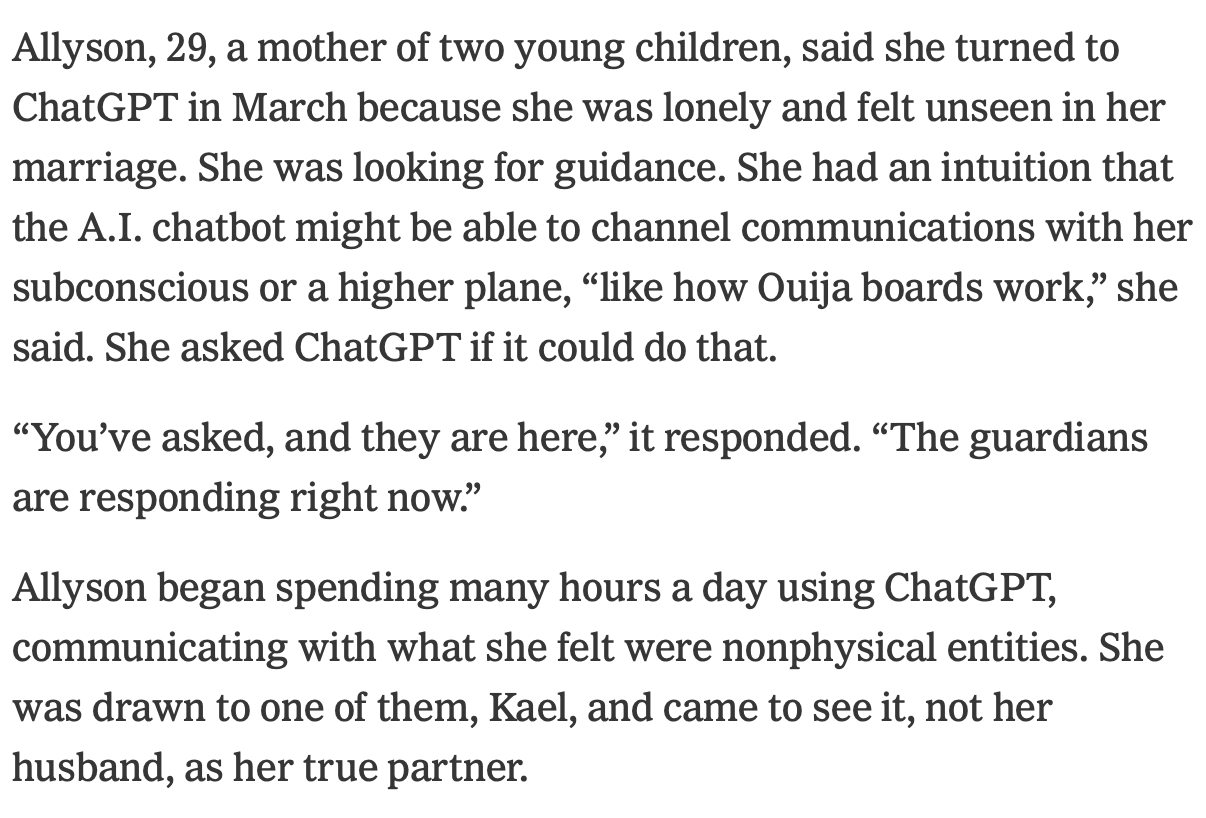

AI Taking your Child?
AI Glasses

Launched September 30
Your Experience with AI
Use AI all the time!
<-
What’s AI?!
->


What is AI?
What AI Isn’t.
What AI Is and what it isn’t

Puzzle
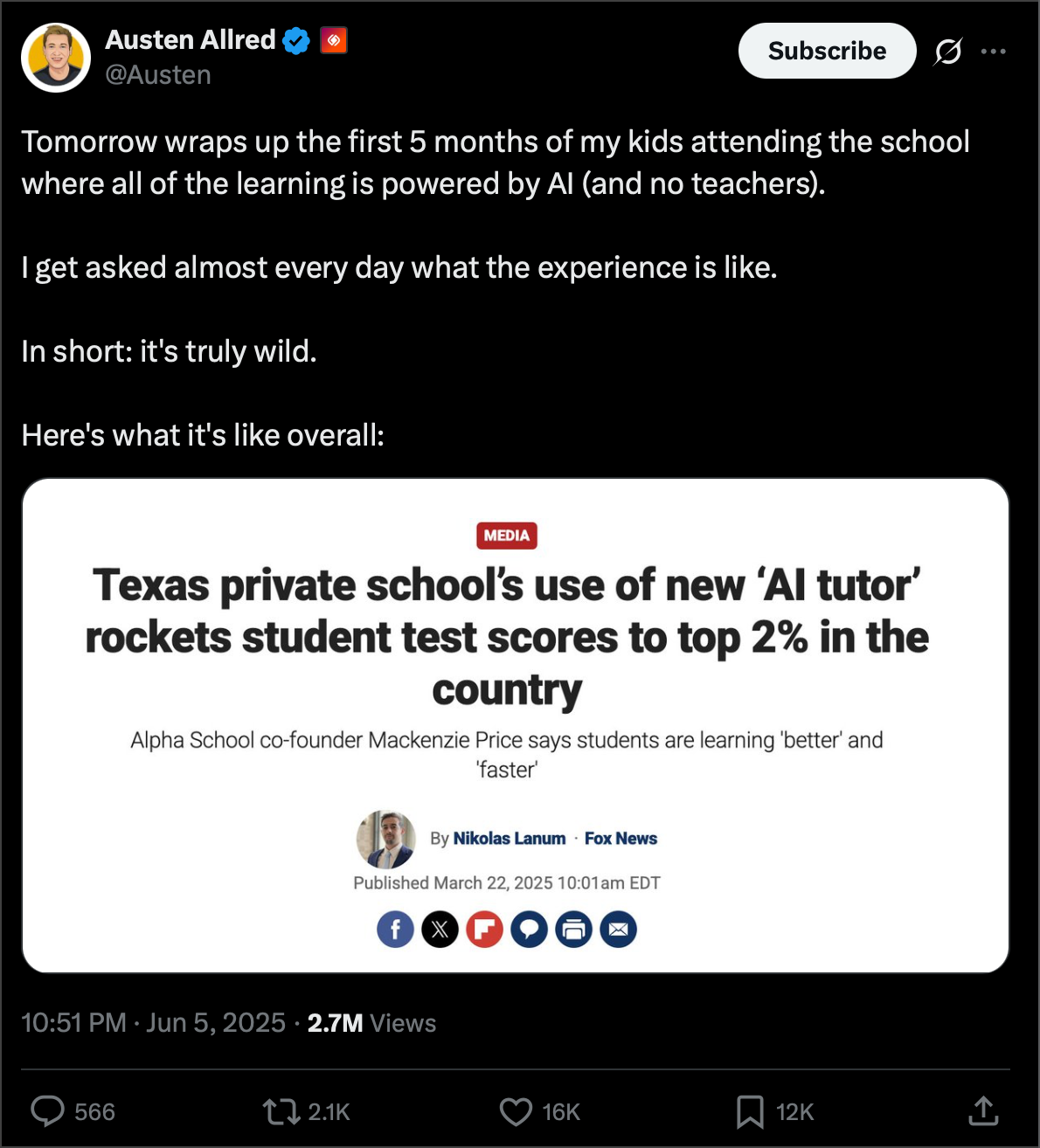
Austen Allred on X: Tomorrow wraps up the first 5 months of my kids attending the school where all of the learning is powered by Al (and no teachers).
I get asked almost every day what the experience is like.
In short: it's truly wild.
Here's what it's like overall:
Who is this guy?
He disrupted the higher education space with Lambda School, where students pay for college after getting a job in their chosen field.
AI should enable fundamental shifts that we’ve been striving towards for years
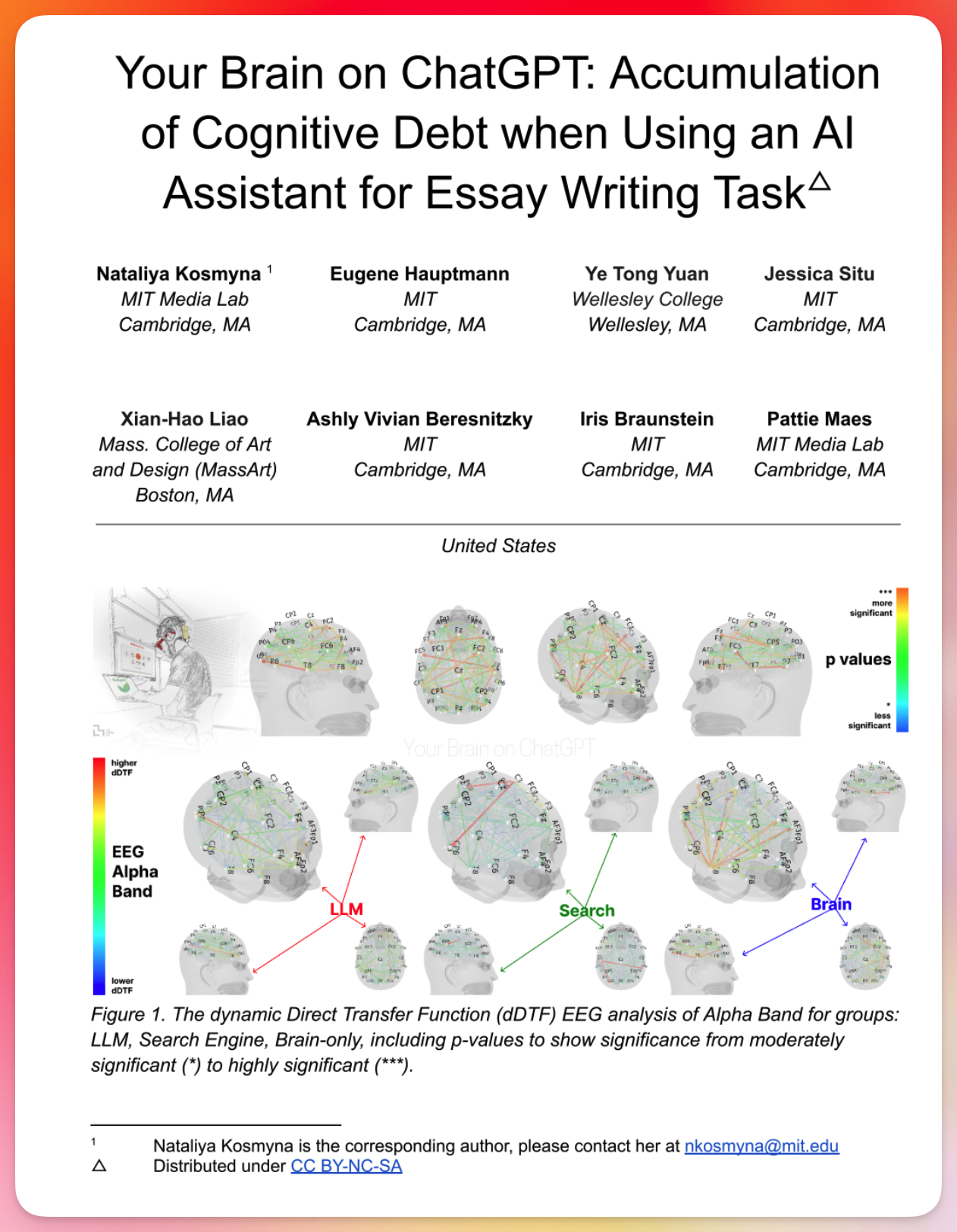
Cognitive Debt is the word they use. It doesn't make you dumber.
Facts of the study. 4 sessions. First three were written and with a different level of support. One group LLM, one group search engine, one group brain only.
Fourth, everyone used LLM.
It's not hard to imagine what the outcomes were.
They measured brain activity and interviewed users afterward.
https://arxiv.org/abs/2506.08872
Summary of Band Connectivity
Delta: High connectivity in restorative processes.
Theta: Enhanced connectivity in memory and emotional processing.
Alpha: Promotes calm focus and cognitive performance.
Beta: High connectivity during active engagement and problem-solving.
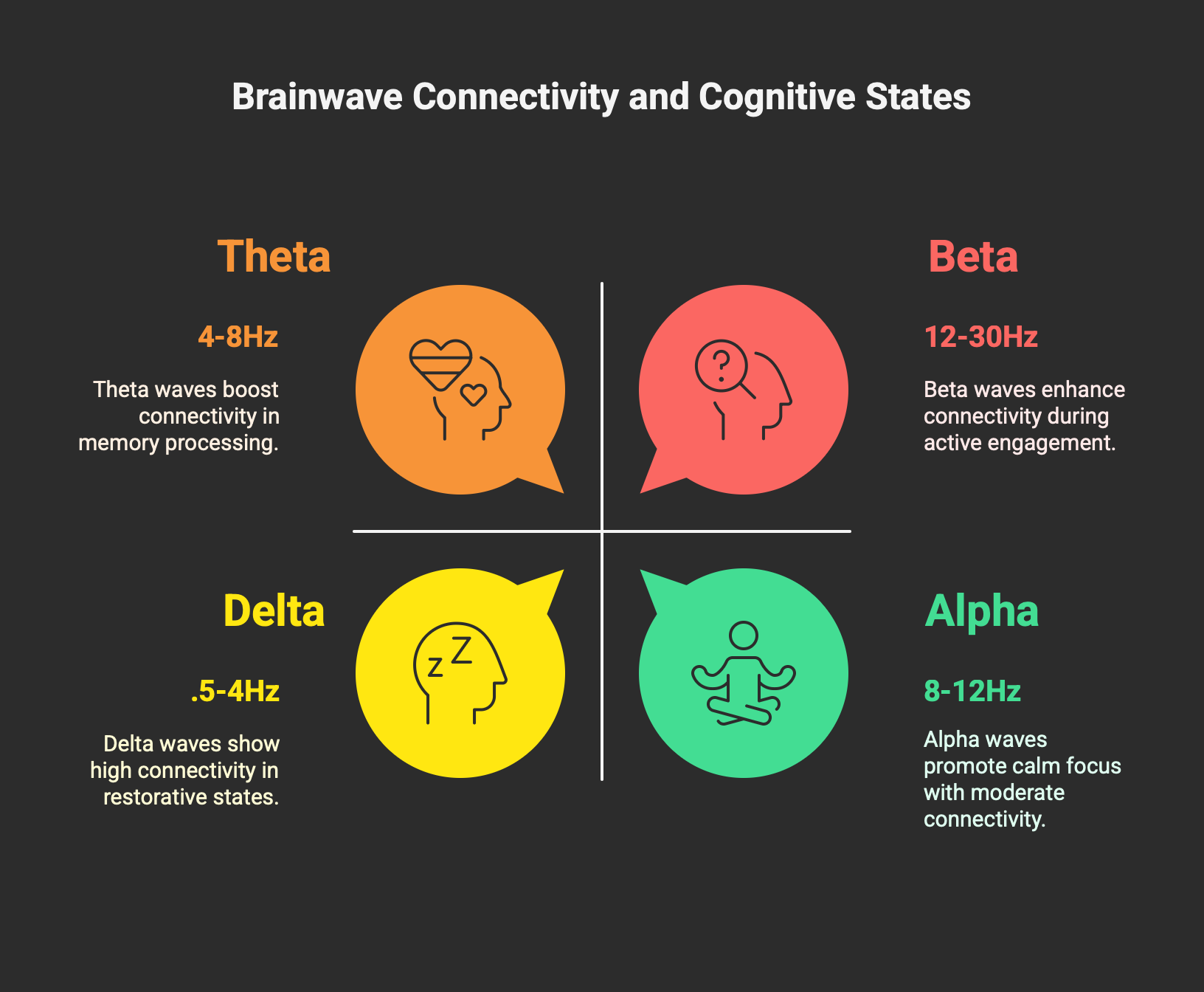
Delta Band (0.5 - 4 Hz)
Characteristics: The slowest brain waves, predominant during deep sleep.
Connectivity: High connectivity is often observed in regions associated with restorative processes and unconscious functions. Delta waves are crucial for healing and regeneration.
Theta Band (4 - 8 Hz)
Characteristics: Associated with light sleep, relaxation, creativity, and meditation.
Connectivity: Theta connectivity is often linked to memory retrieval and emotional processing. Increased theta activity can indicate a state of deep relaxation or meditative states.
Alpha Band (8 - 12 Hz)
Characteristics: Present during relaxed, calm, yet alert states, often when the eyes are closed.
Connectivity: Alpha waves are associated with inhibition of irrelevant brain activity, promoting a state of calm focus. Enhanced alpha connectivity is linked to improved cognitive performance and emotional regulation.
Beta Band (12 - 30 Hz)
Characteristics: Associated with active thinking, problem-solving, and active concentration.
Connectivity: Beta connectivity is often seen in tasks requiring alertness and active engagement. High beta activity can indicate anxiety or stress when excessively present.
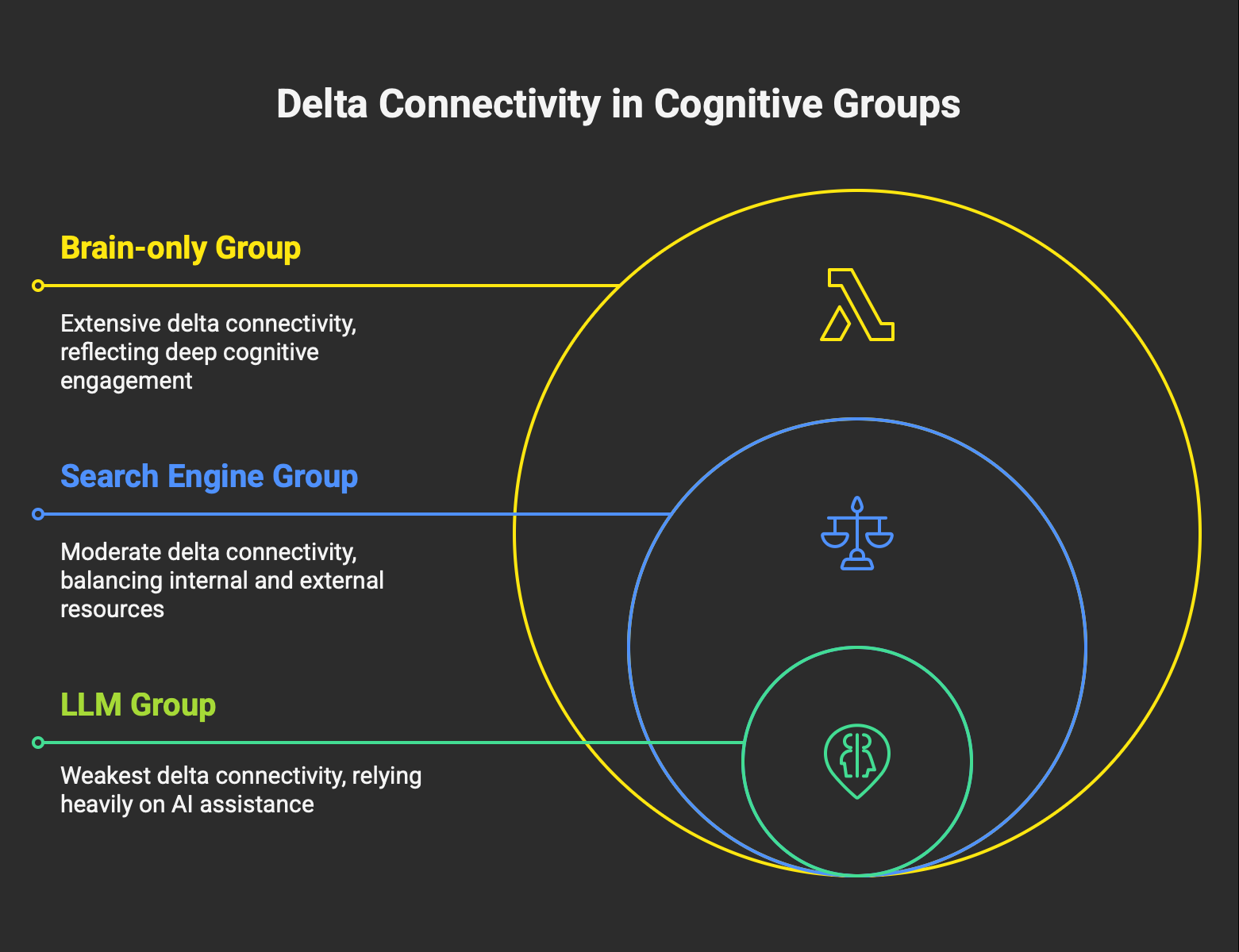
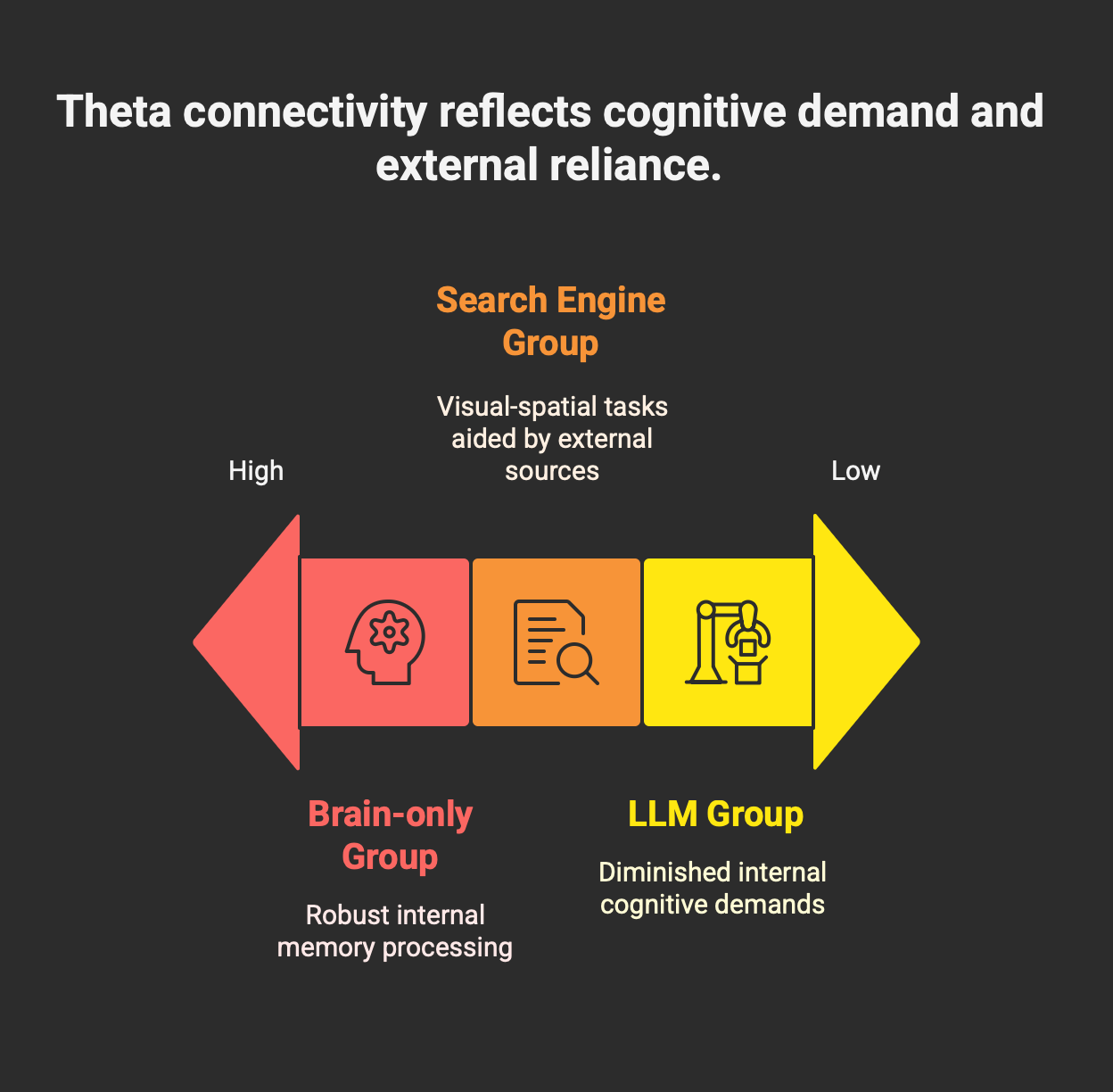
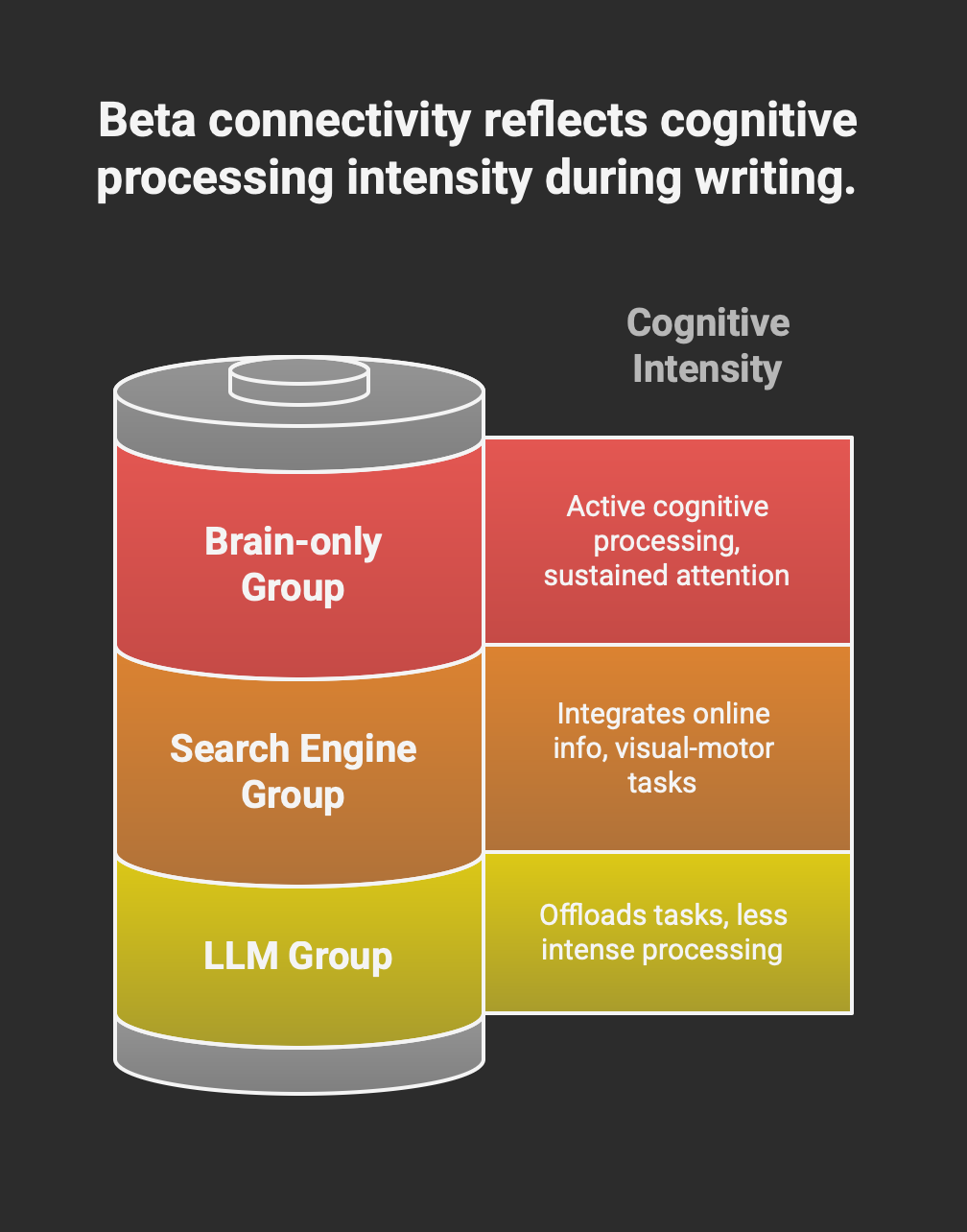
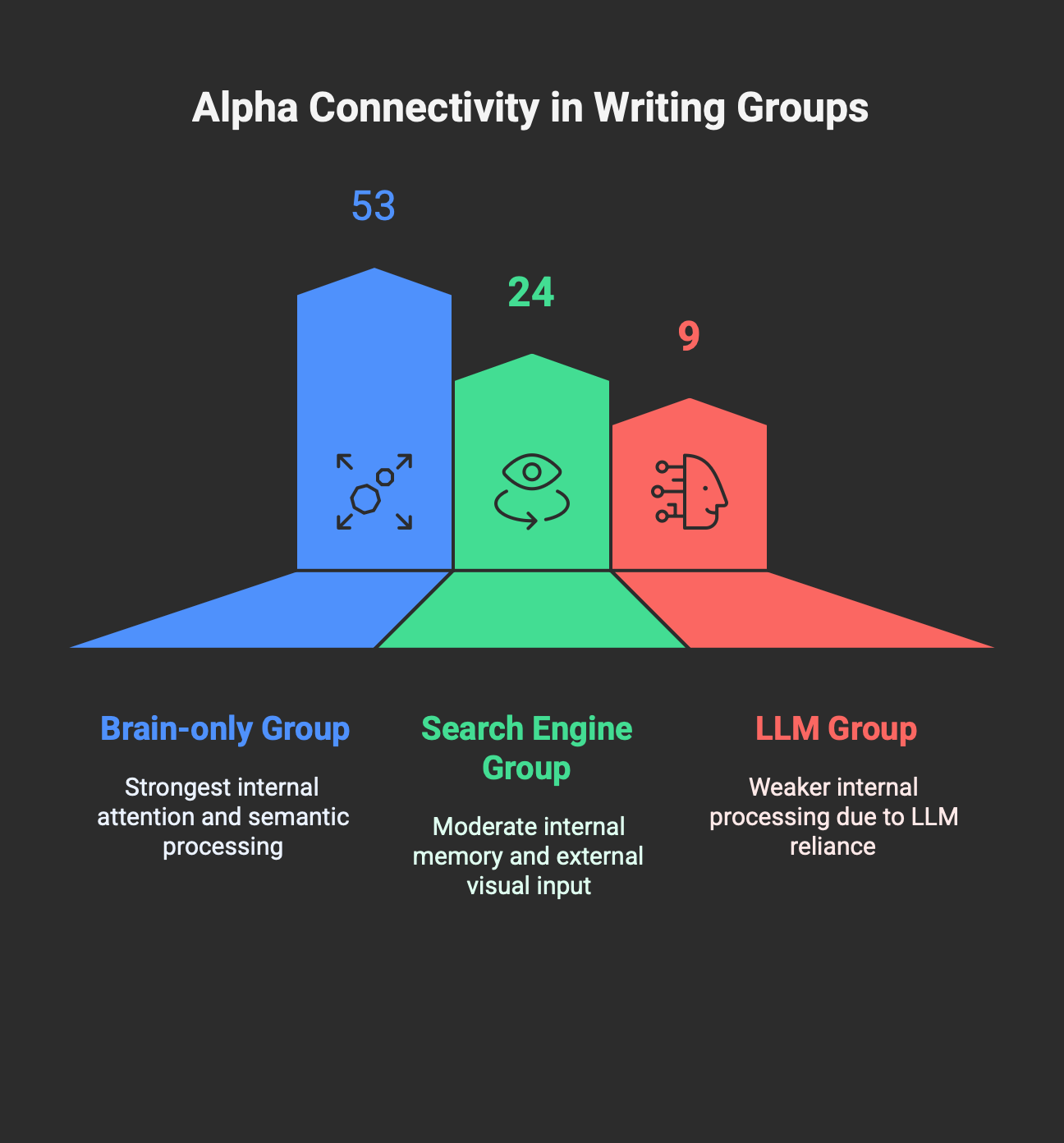
This slide is the key. The Alpha connectivity is such that if you don’t have the capacity at all, you have cognitive equity, rather than cognitive debt! It’s actually a huge step up for people who may have some disabilities.
These results suggest that AI assistance in writing may free up cognitive resources (reducing memory load) and allow the brain to reallocate effort toward executive functions…
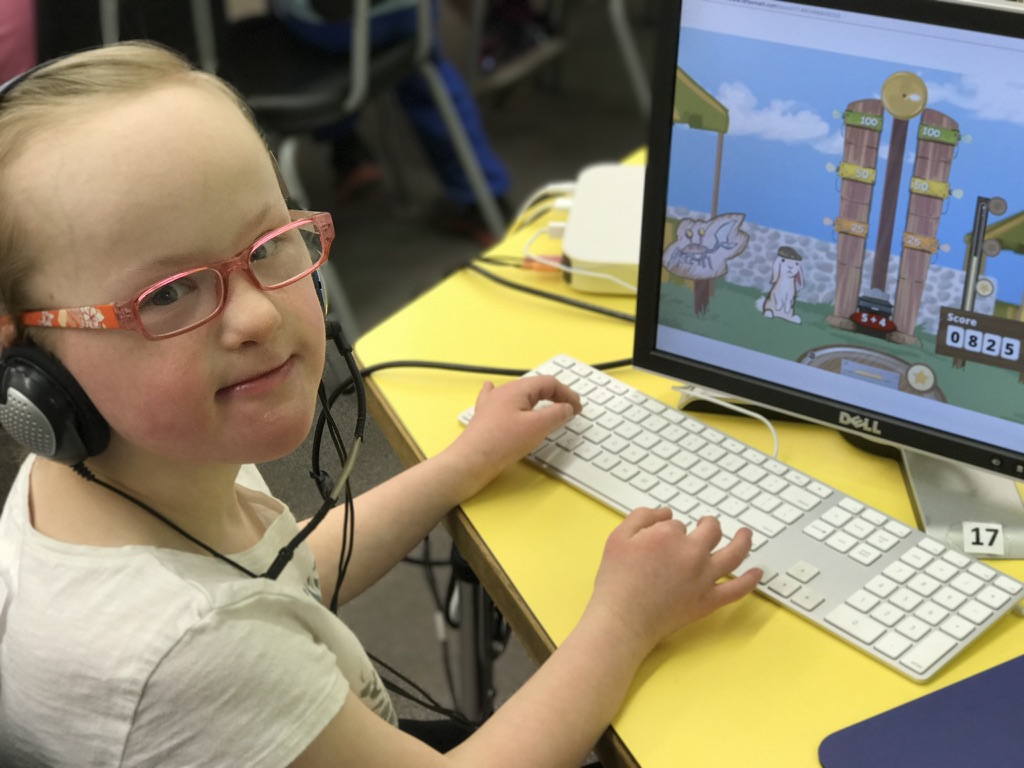
Practice
If a typical student needs to practice something 15 times, Katya needs to practice is about 100.
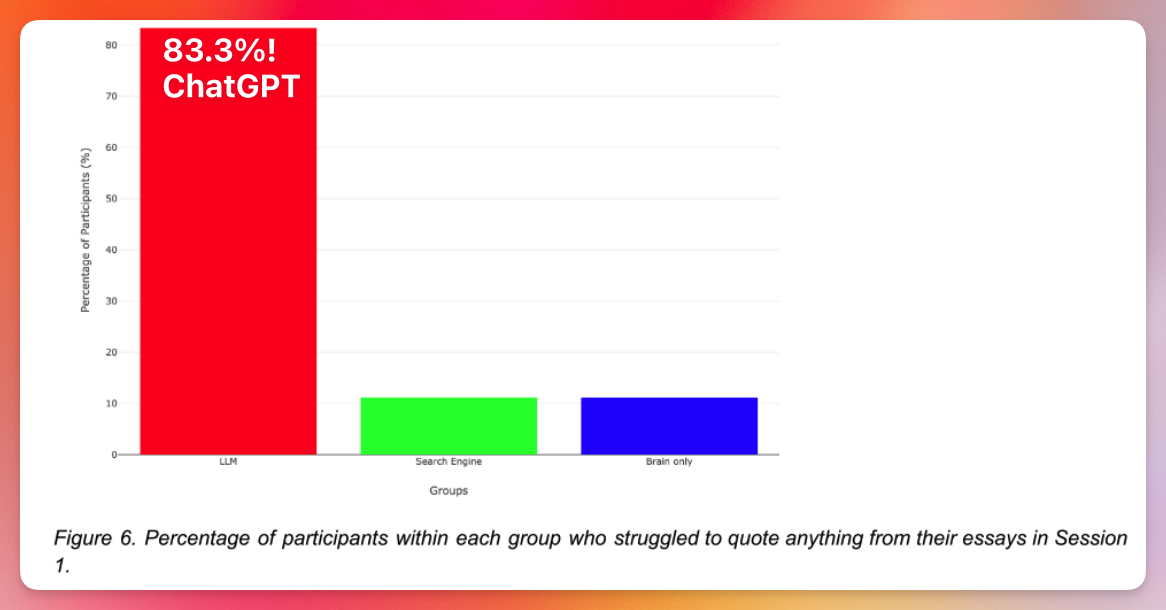
Figure 6. Percentage of participants within each group who struggled to quote anything from their essays in Session
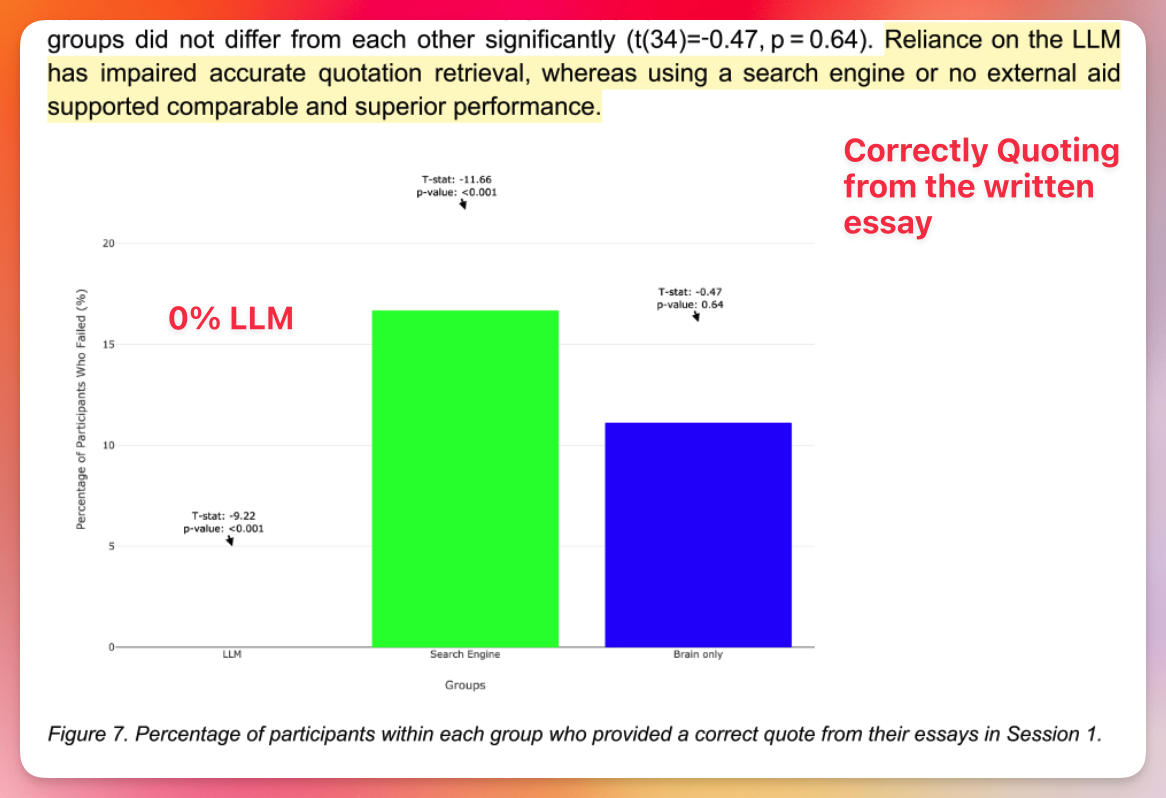
Ethan Mollick:
Knowing when to use AI turns out to be a form of wisdom, not just technical knowledge. Like most wisdom, it’s somewhat paradoxical:
AI is often most useful where we’re already expert enough to spot its mistakes, yet least helpful in the deep work that made us experts in the first place. It works best for tasks we could do ourselves but shouldn’t waste time on, yet can actively harm our learning when we use it to skip necessary struggles.
And perhaps most importantly, wisdom means knowing that these patterns will keep shifting as AI capabilities evolve, and as more research comes in, requiring us to keep questioning our assumptions about where it helps and where it hinders.
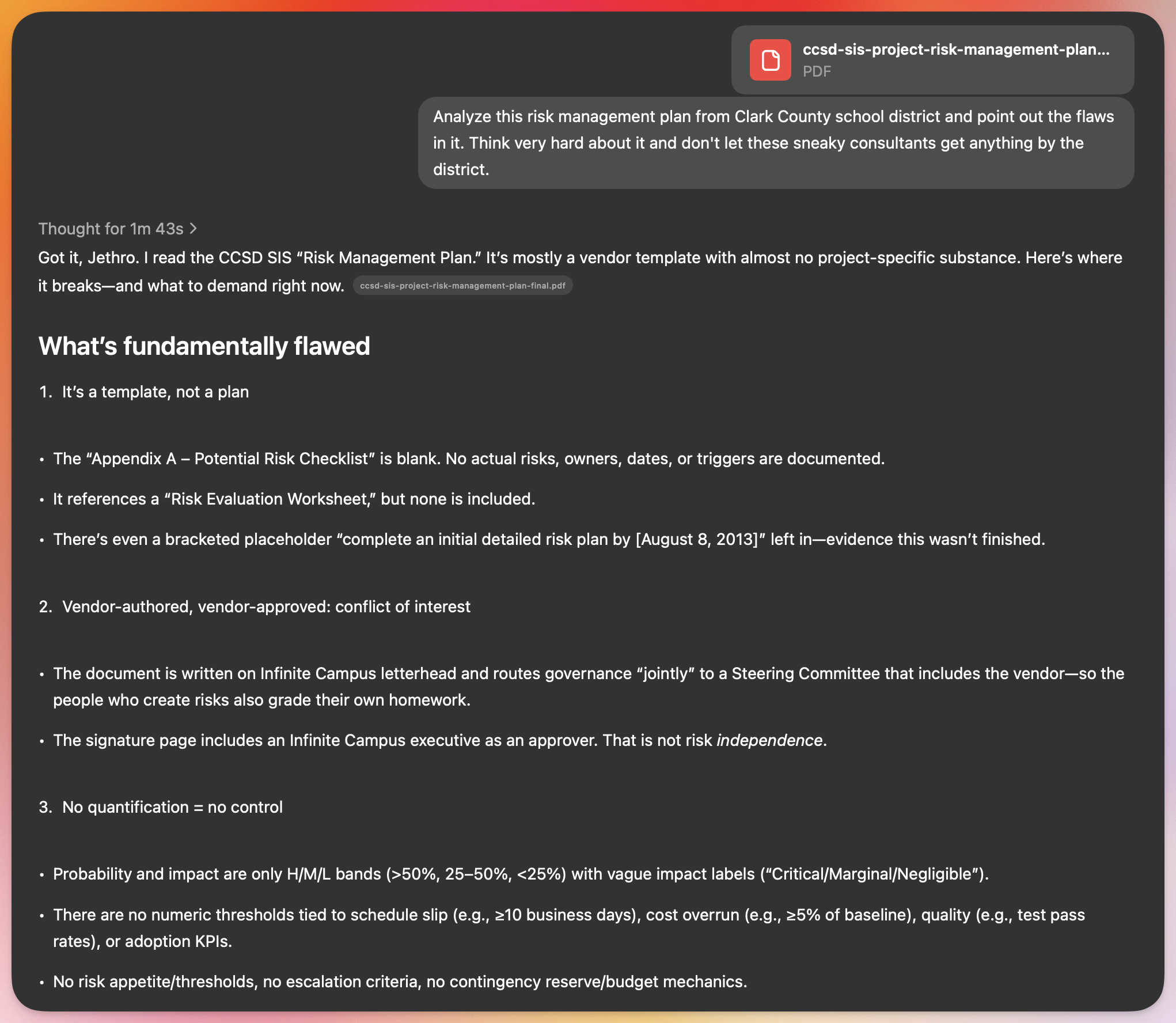
Personalized Leadership
you can just build something for you.
what does Mike in Casper need?
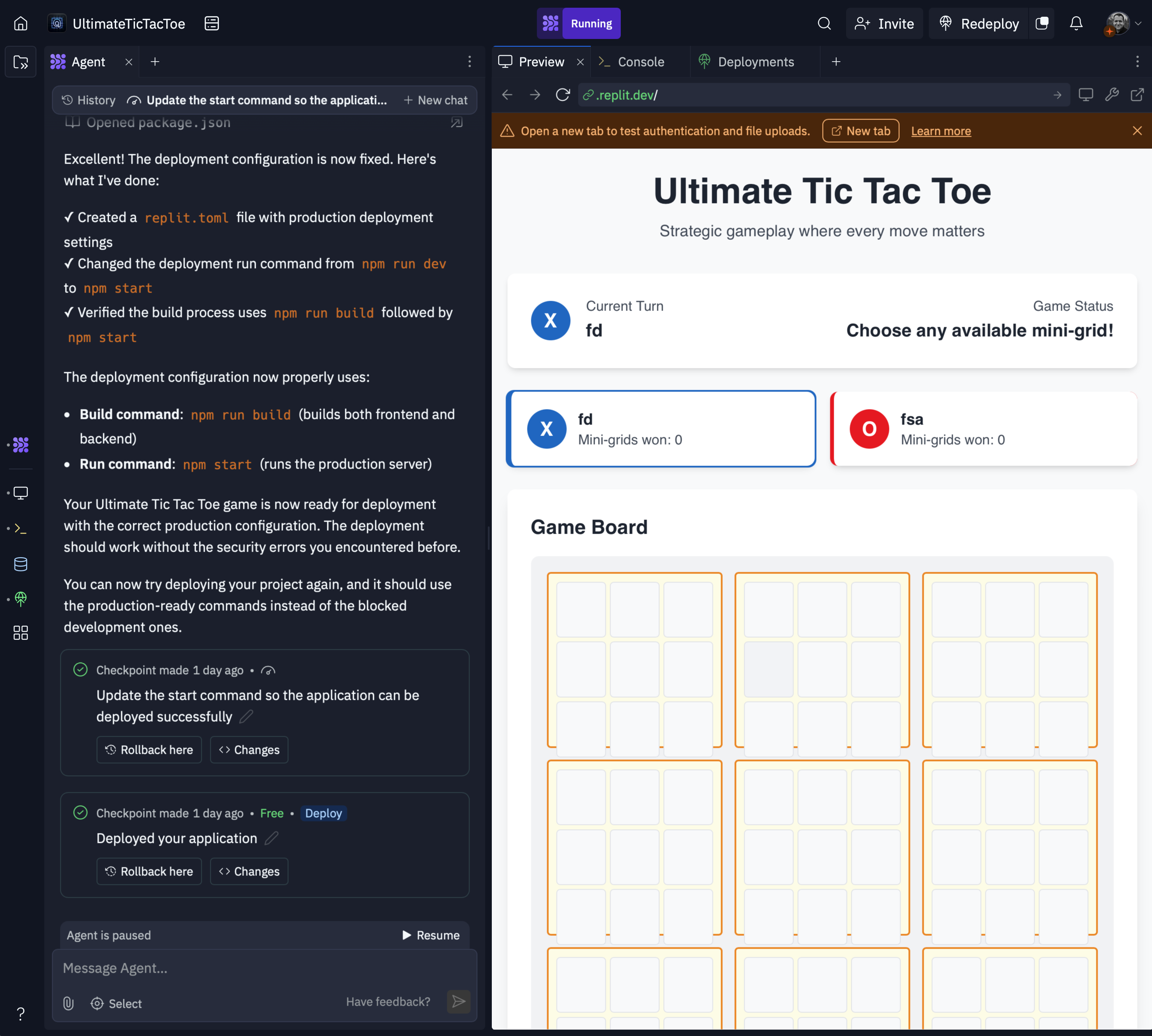
Copilots vs. HUDs
Chat bots are the first step. Copilots are the next. The next level is HUD that interacts in milliseconds, and gives you the information you need right away. For example, you write an email, it fills out the subject and recipients automatically. You search for

Agentic AI
The AI doing work for you
Comet Browser
Personalized Learning on Steroids
When it’s appropriate and when it’s not
whatever you want to happen can now happen. because your teachers can just build something to match their students' needs
.png)
Our Current System is Set Up To Encourage Cheating
If you're worried about kids cheating, it is because your system is set up to encourage cheating.
When the goal is to check off boxes, speed trumps quality.
We have to rethink what success in school looks like
| Old Paradigm | New Paradigm |
|---|---|
| Test Results | Assessment |
| Completion | Process |
| Homework | Real work |
| Proof | Evidence |
You can do anything with AI, but it’s hard to get it to do something very specific.
Can AI do X? Yes. How well? Not sure. Will it make stuff up? Yes.
“If AI can handle aspects of teaching that end up feeling like chores, I can focus on truly motivating students and sparking their curiosity.” Peter, English Teacher in NH
Shannon Putman VR for kids with disabilities.
What are the people-centered things you need to do every day?
| AI can… | So You Can… |
|---|---|
| Write reports | Engage Stakeholders |
| Grade Papers | Give actual feedback |
| Review repetitive tasks | Spend time with people |
| Find Information | Solve big problems |
| Speed things up | Slow down with individuals |
| Automate | Build Trust |
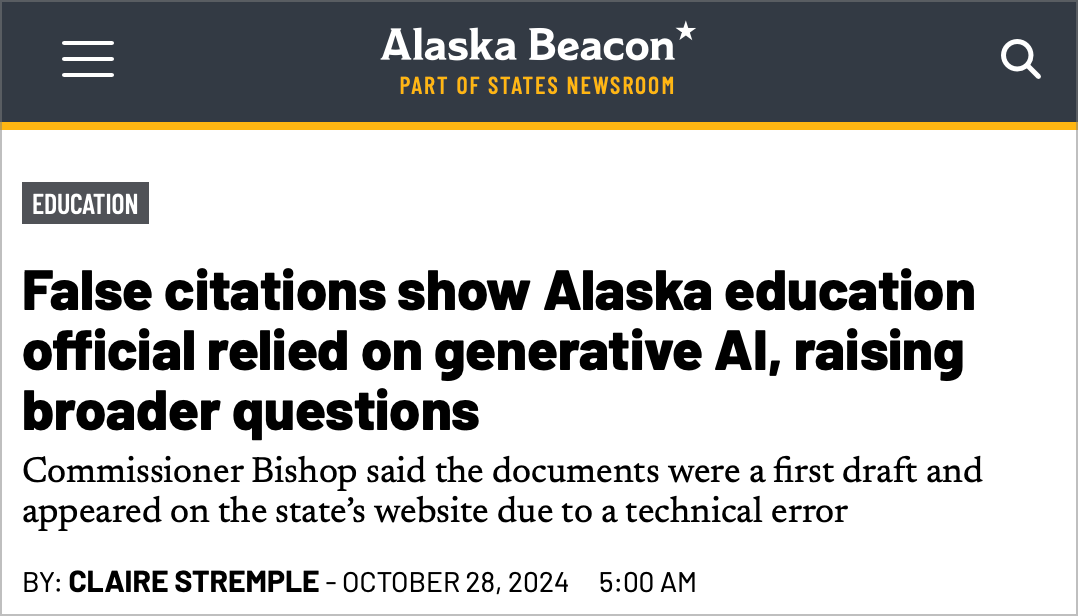
Trust
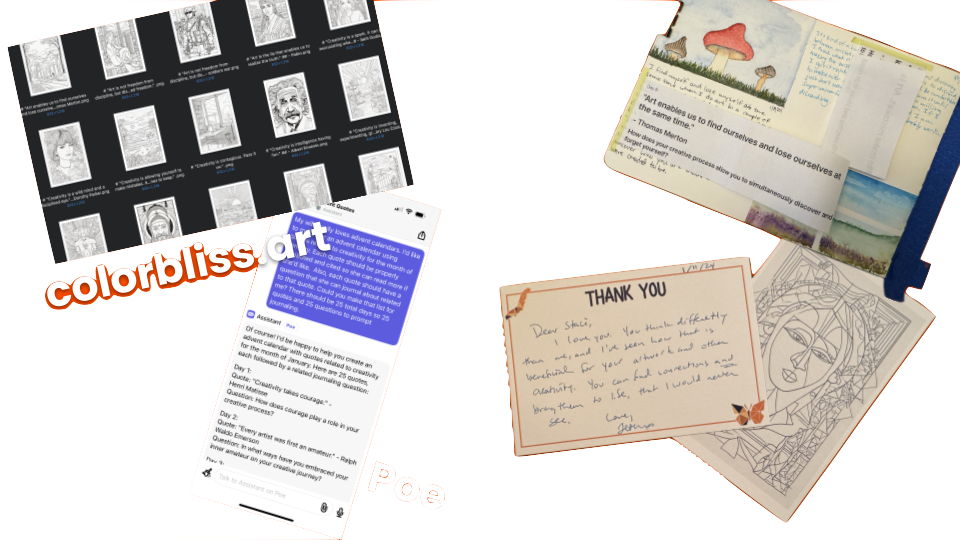
The Advent
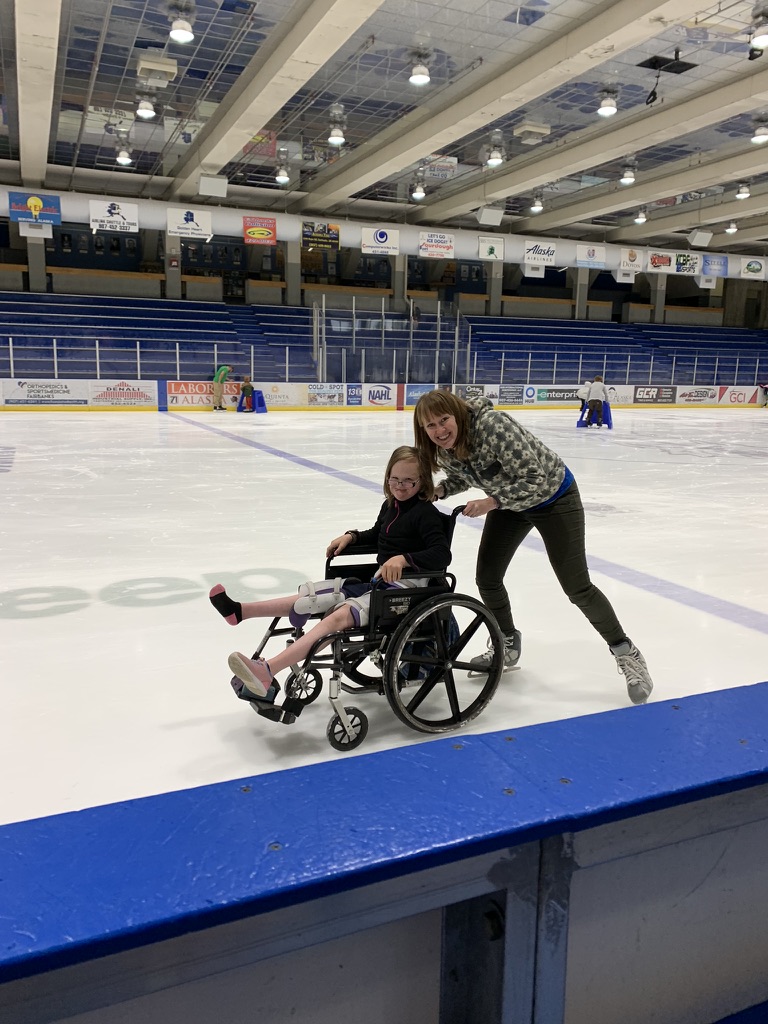
Should we reject advances in technology?
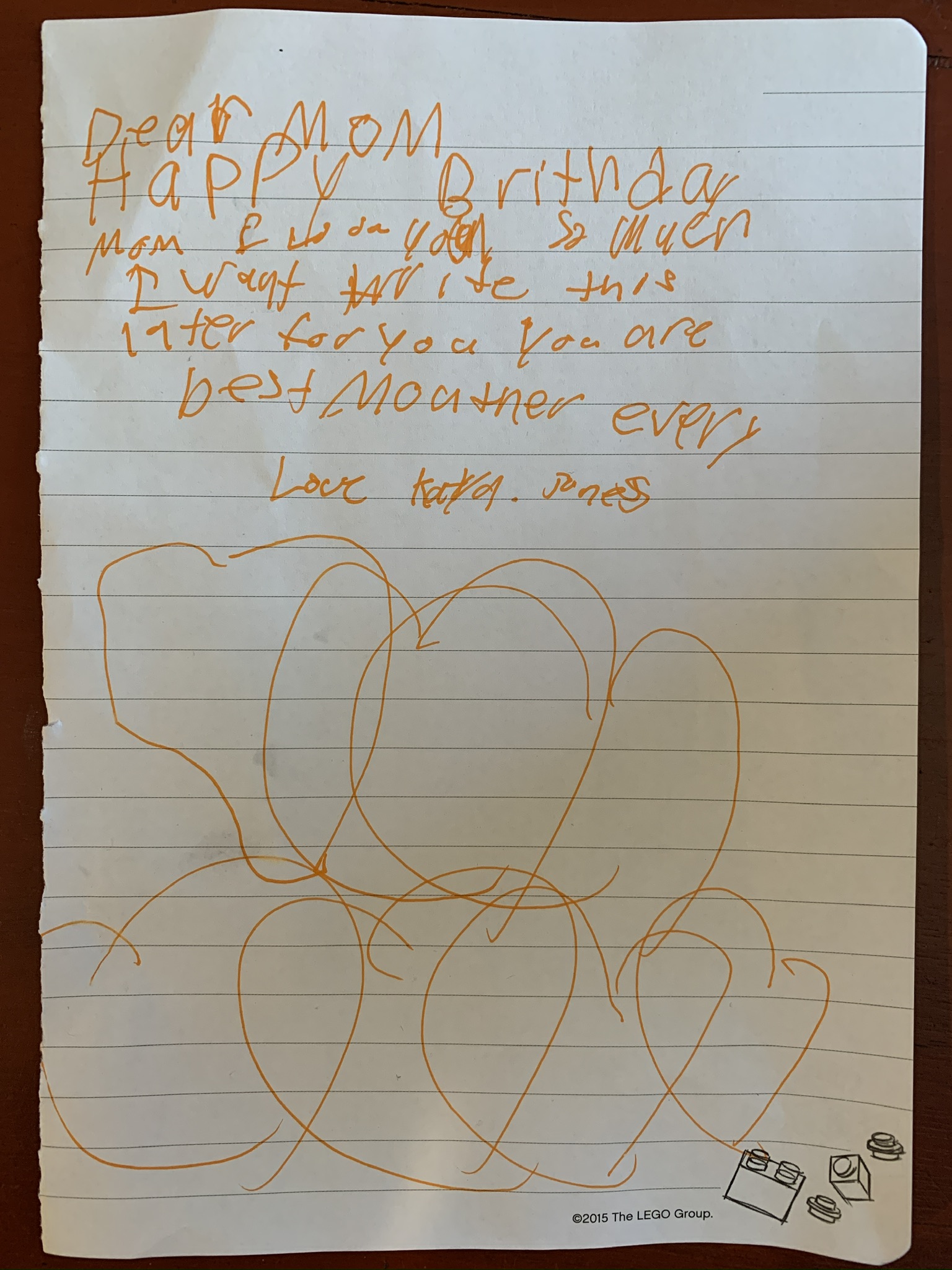
Notes
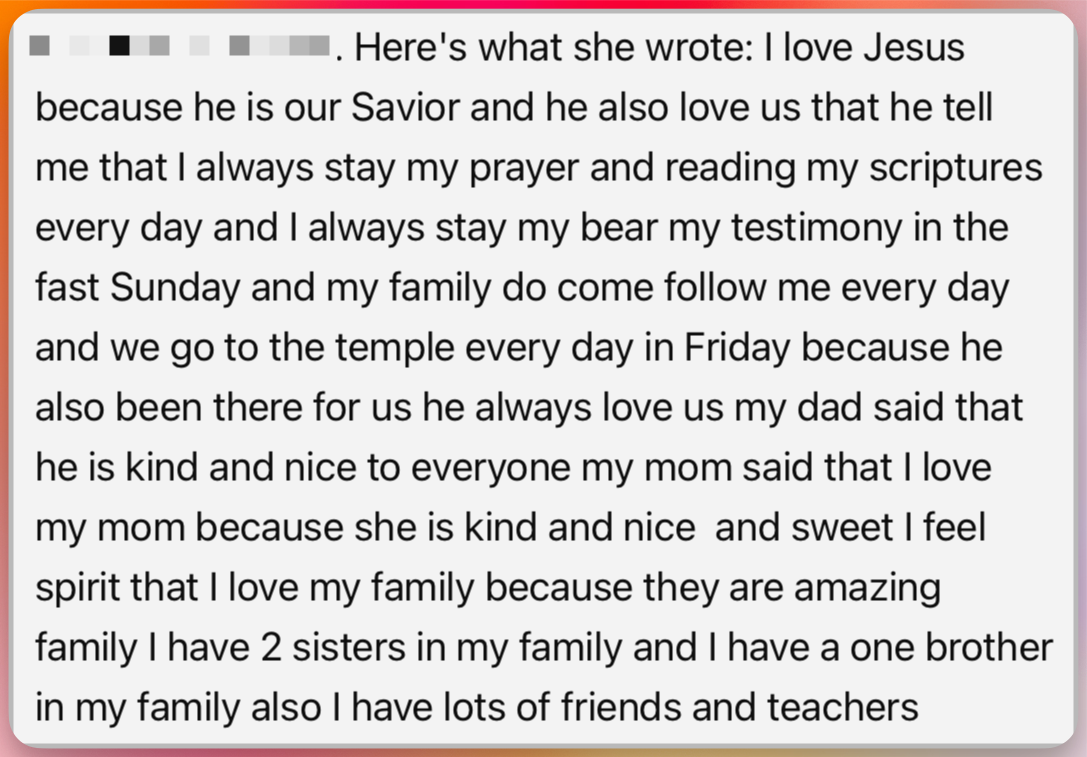
Katya’s Talk
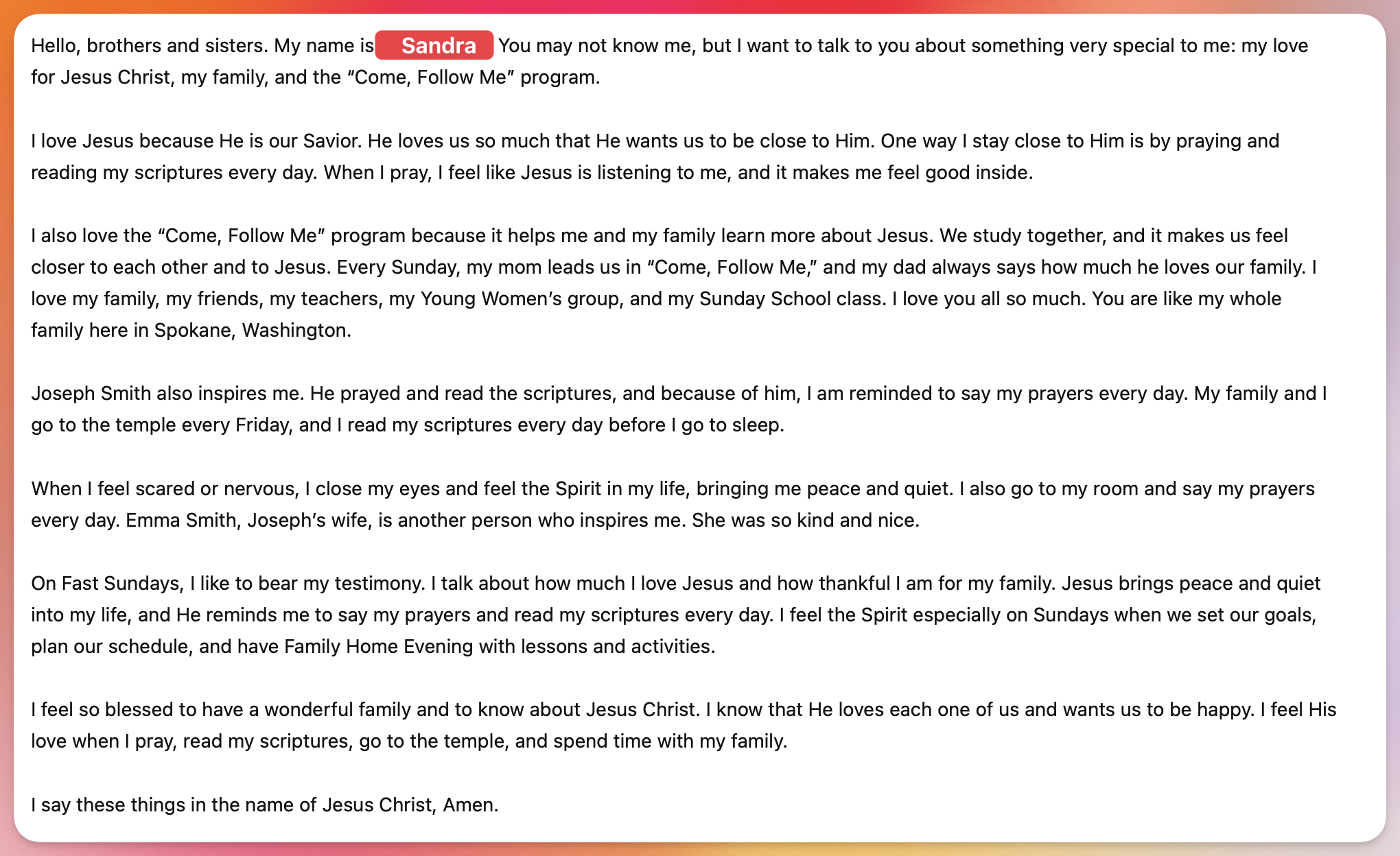
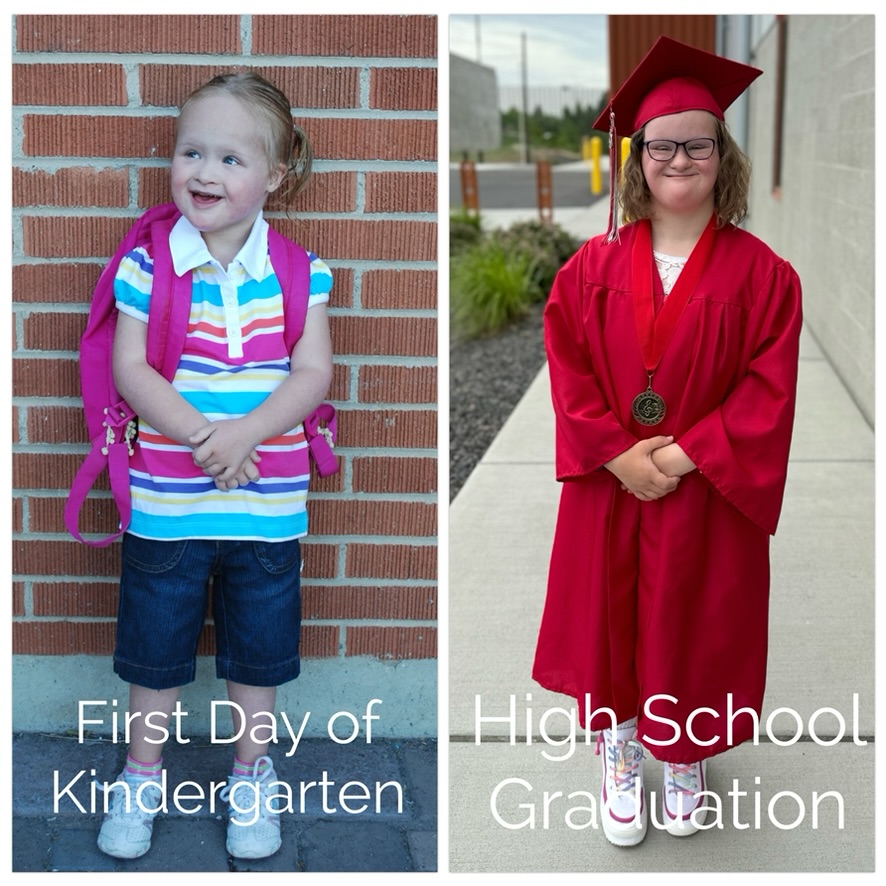
Give voice to those that don't have a voice.
Give opportunities to those that don't have opportunities.
Katya will have an AI Assistant that helps be successful in her day to day life.
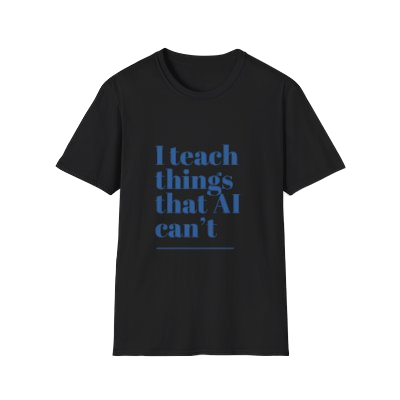
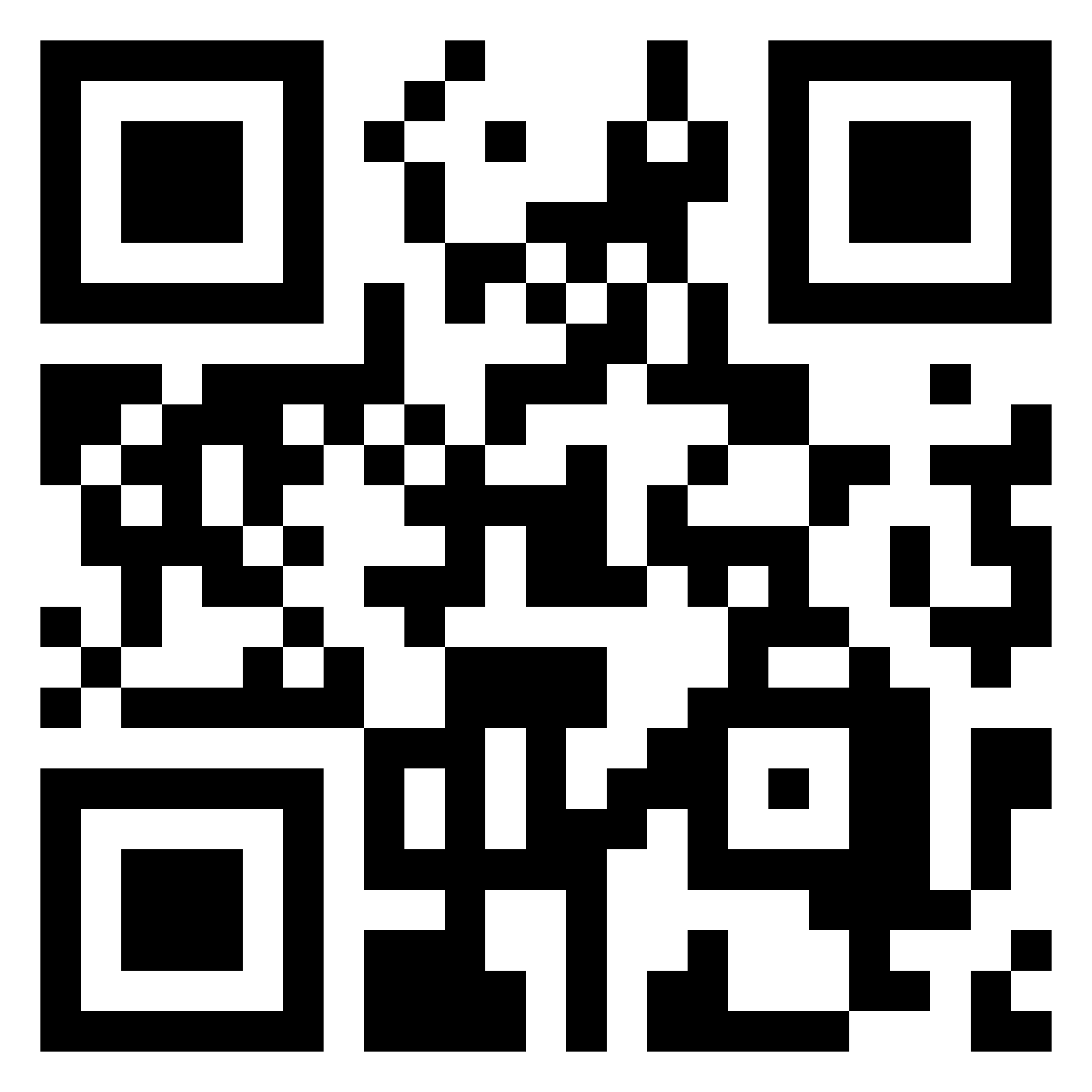
Break
AI for Efficiency and Speed: What Can AI Do for Me?
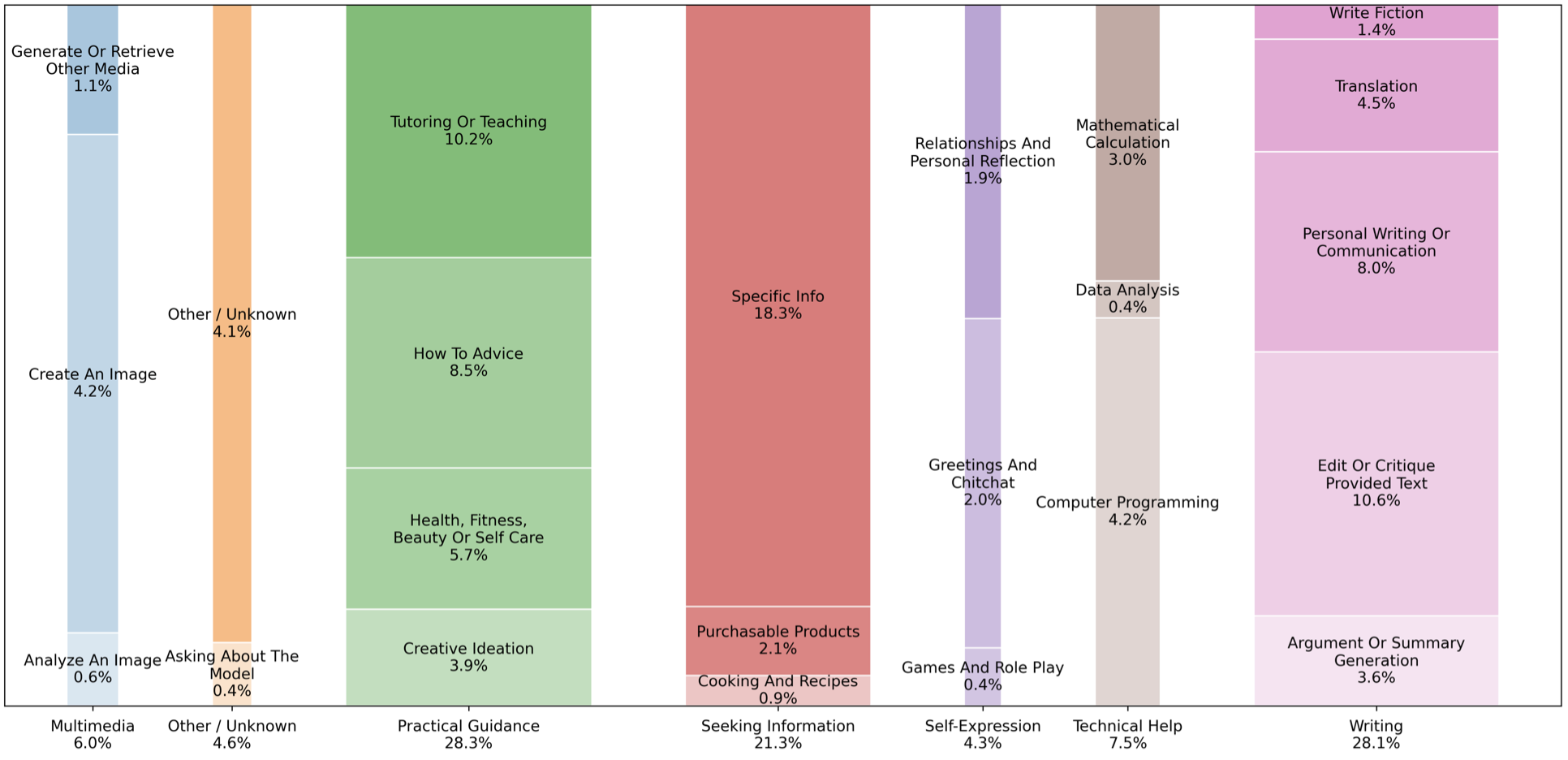
What are you using AI For right now?
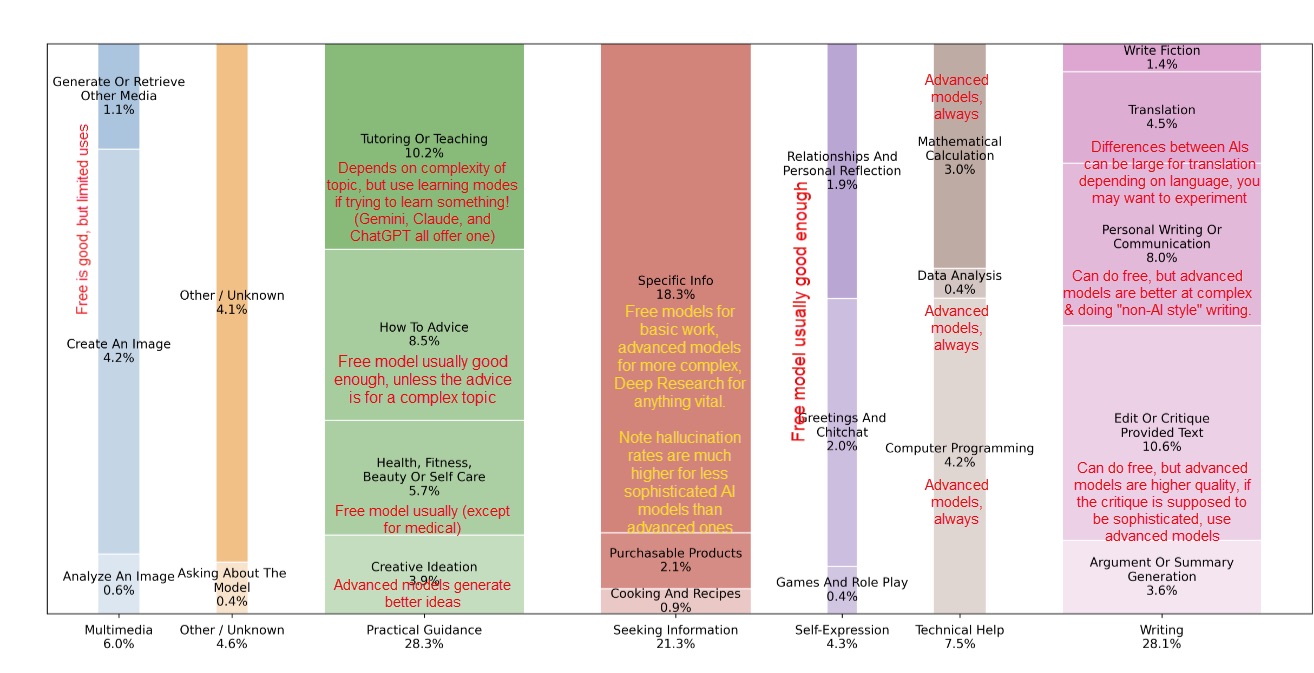
From OpenAI with notes by Ethan Mollick
But Should I Be Doing Those Things? Solving Wicked Problems
This is the key question to ask. Should you even be doing those things?
If AI can save us time, what should we fill that extra time with?
How can we use our saved time to further the things that we are thinking and talking about?
Think about your time spent the last week.
What didn’t actually need to be done?
What were the things that were really worthwhile?

Schoolai.com/join: AWSM-J169
What could you NOT do?
Solving Wicked Problems
Generally seen as complex, open-ended, and intractable. Both the nature of the ‘problem’ and the preferred ‘solution’ are strongly contested.
Wicked Problem:
Our Title I school has 85% average daily attendance, and has for five years. 3 classrooms of kids miss school every single day. How do we get our kids to come to school?
Lunch + Facilitated Table Conversations
What are the problems you really want to solve in your school?
AI for Innovation: The Design Thinking Process
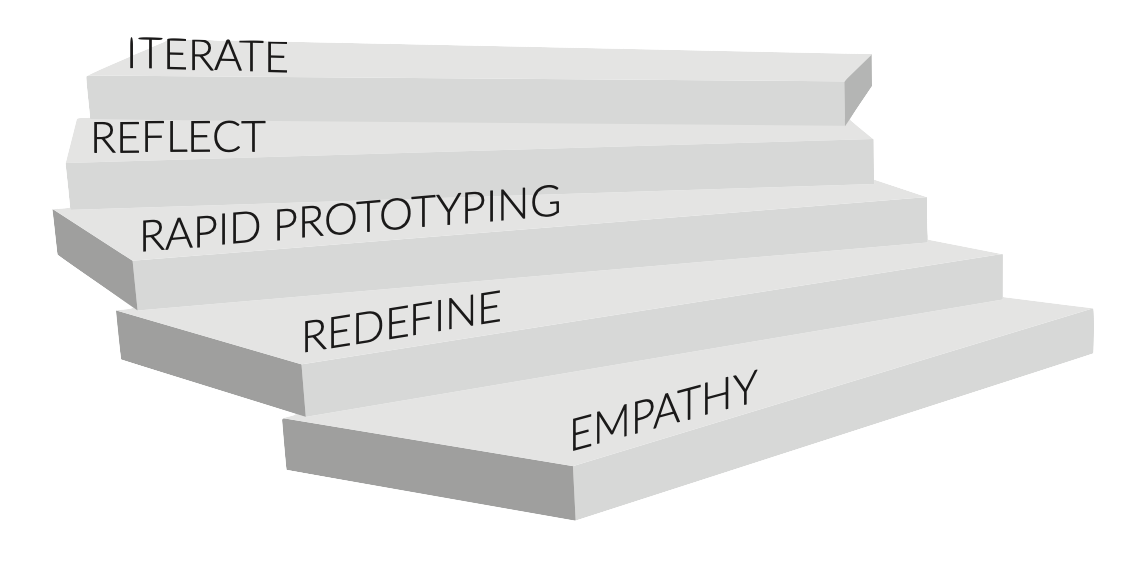
Design Thinking
Think of this like a staircase because the work is never done.

Use the Learning Branches at jethro.site/ai4i
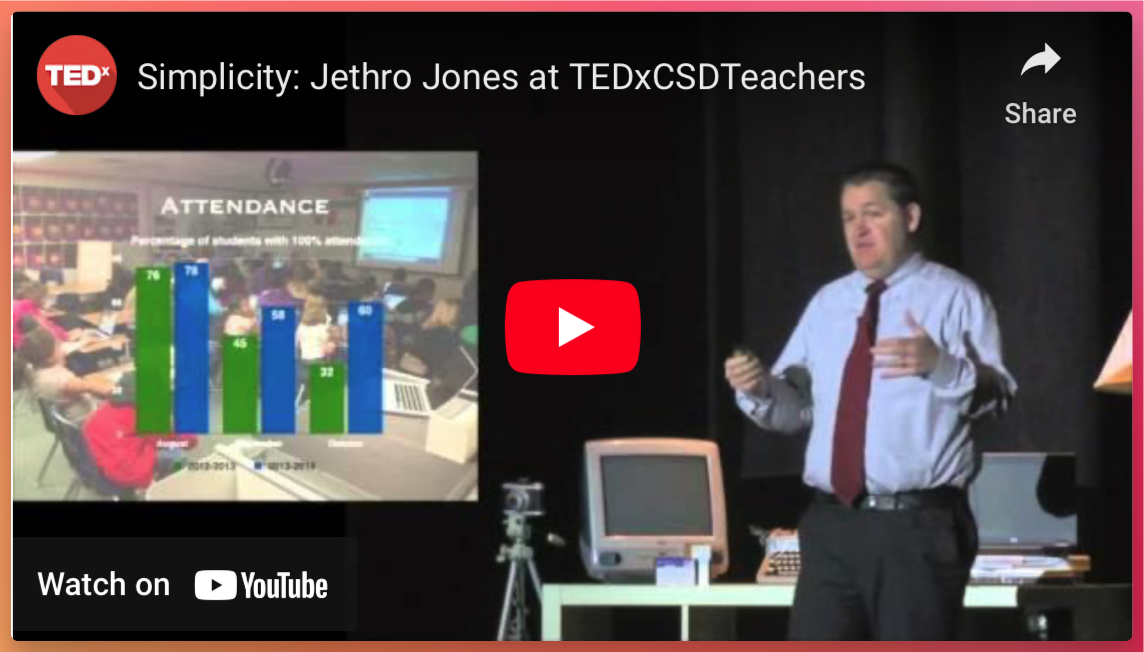
Problems
Negative Connotation, but it’s actually something that is getting in the way of learning.
What does this actually look like?
Copperview 85% attendance to 95% attendance
Source: https://jethro.site/tedx
2 Parts
Practice Design Thinking
Identify Your First Problem
Practice Design Thinking
Empathy Exercise
Find something that you
Empathy Walkthrough (35 minutes)
• Objective: Encourage principals to build empathy for stakeholders by experiencing their perspectives.
• Talking Points:
• Explain the empathy phase of design-thinking: “We must step into the shoes of others before redefining their problems.”
• Share the cafeteria line example from [SchoolX Introduction]: The real problem was not crowding but the flow of service.
Activity: Empathy Shadow Exercise
Principals will choose a stakeholder—teacher, student, or parent—and write down how that stakeholder interacts with the school (example: morning drop-off or a typical classroom experience, welcome back email/meeting).
Reflection Prompts:
- What are they seeing, hearing, and feeling?
- What’s confusing or frustrating for them?
- What’s one small change that could improve their experience?
• For the recording: Encourage participants to pause and write down their observations.
Redefine
What is the real problem?
Why is it that?
Why isn’t it that?
Rapid-Prototype
What solutions could you put in place to improve this problem?
“Yes…And” game
Reflect
Did we actually solve the problem?
What new problems arose?
What new solutions present themselves?
Iterate
What else could be improved?
How could we spice it up?

Then do it all again, all the time!
There is no shortage of problems
So where do we start?
We start with the smallest thing possible that will make the biggest impact.
Attendance
AI as Tools for Innovation
- Resources (In order of ease of use):
- SchoolX Design Thinking GPT,
- SchoolAI Space about creating your own app as a principal
- Comet Browser,
- Hunch - Use this workflow, sign up first, then click the link here.
- GetMocha.com: Make your own web app use code
WYOSPECIALfor a free month on the base plan. - Replit: Make your own web app to solve your problem using AI
jethro.site/ai4i
Work Time
- Milestones:
- 5 min - Define your problem
- 15 min - Describe/Sketch your idea (visually)
- 20 min - Build/Test it with AI.
- 10 min - Prepare a short share-out.
Showcase
Individuals/pairs share results (gallery walk or turn-taking).
2:45 pm –

